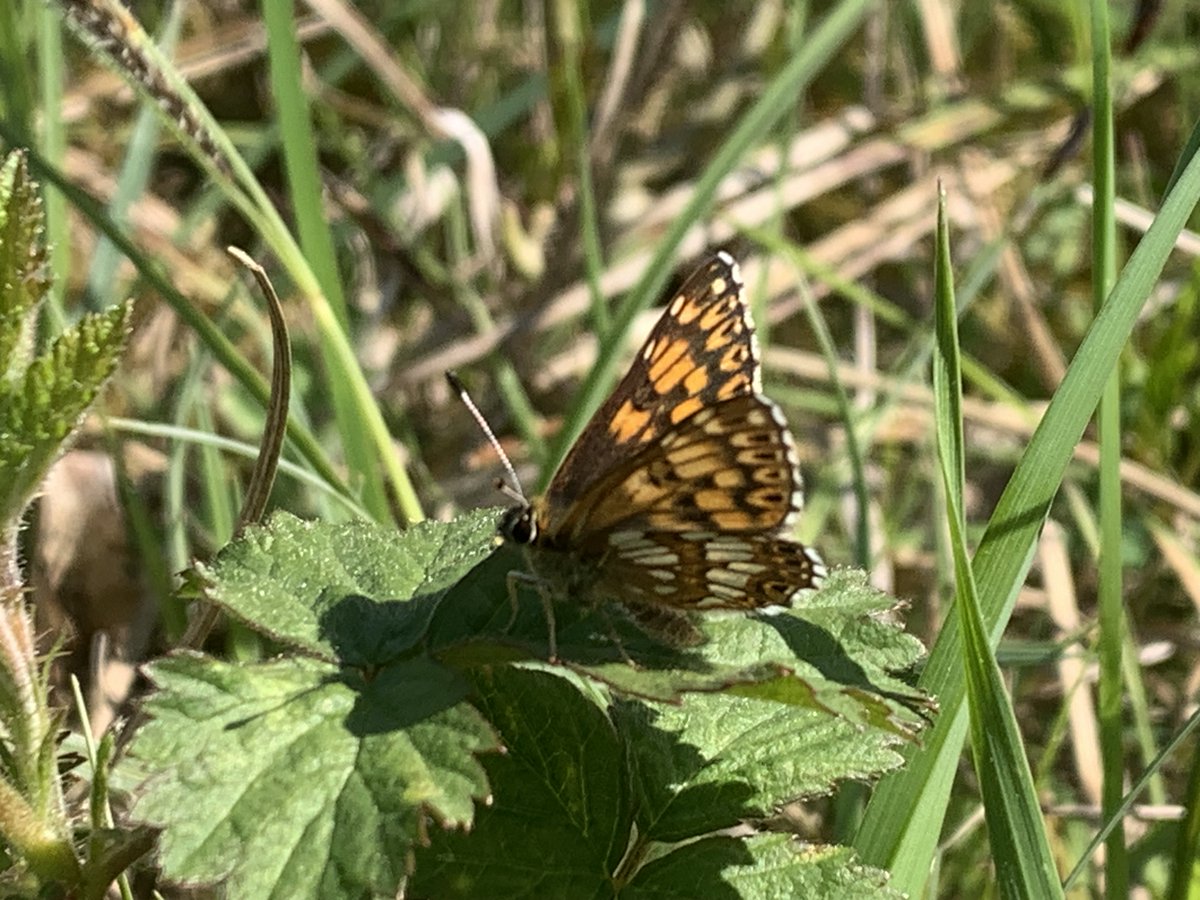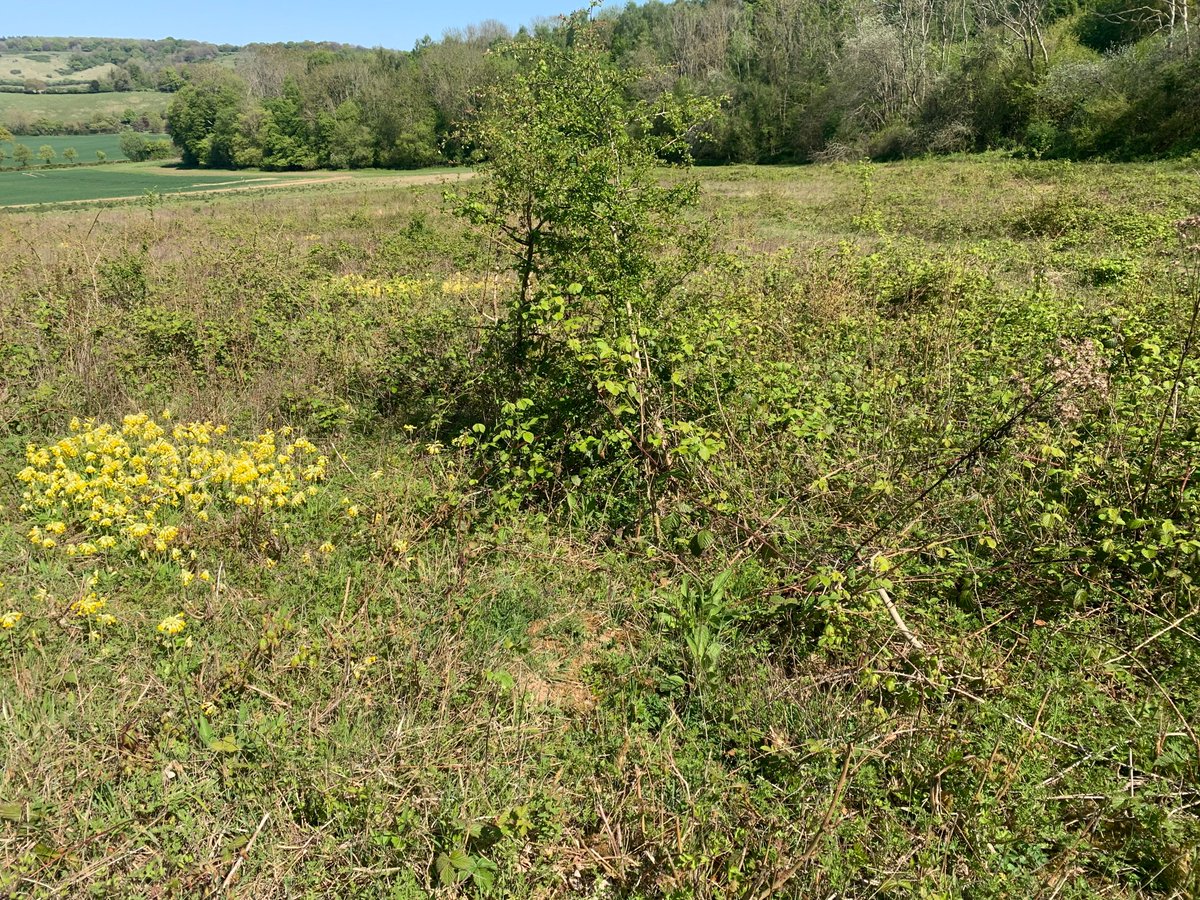
Dan Tuson
@kentdowns6
Conservation adviser,working 1-1 with farms in Kent restoring biodiversity.Long term landscape scale projects building new generation of flower-rich grasslands.
This year's program of wildflower seed /green hay spreading gets off to start combine harvesting of yellow rattle from 20 yr old sites (for cleaner sample) & then taken to be spread on newly developing grasslands with fertiliser spreader. Farmers leading nature recovery at scale
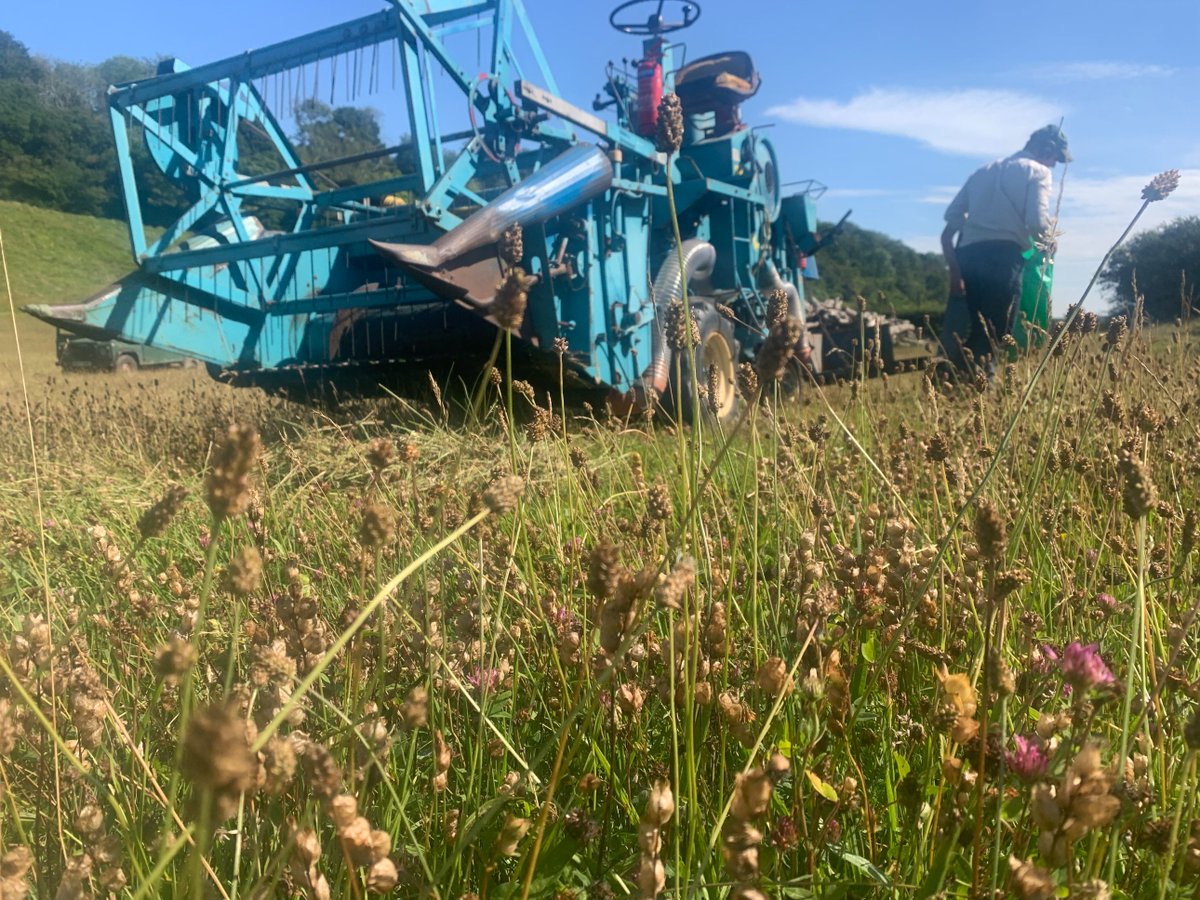
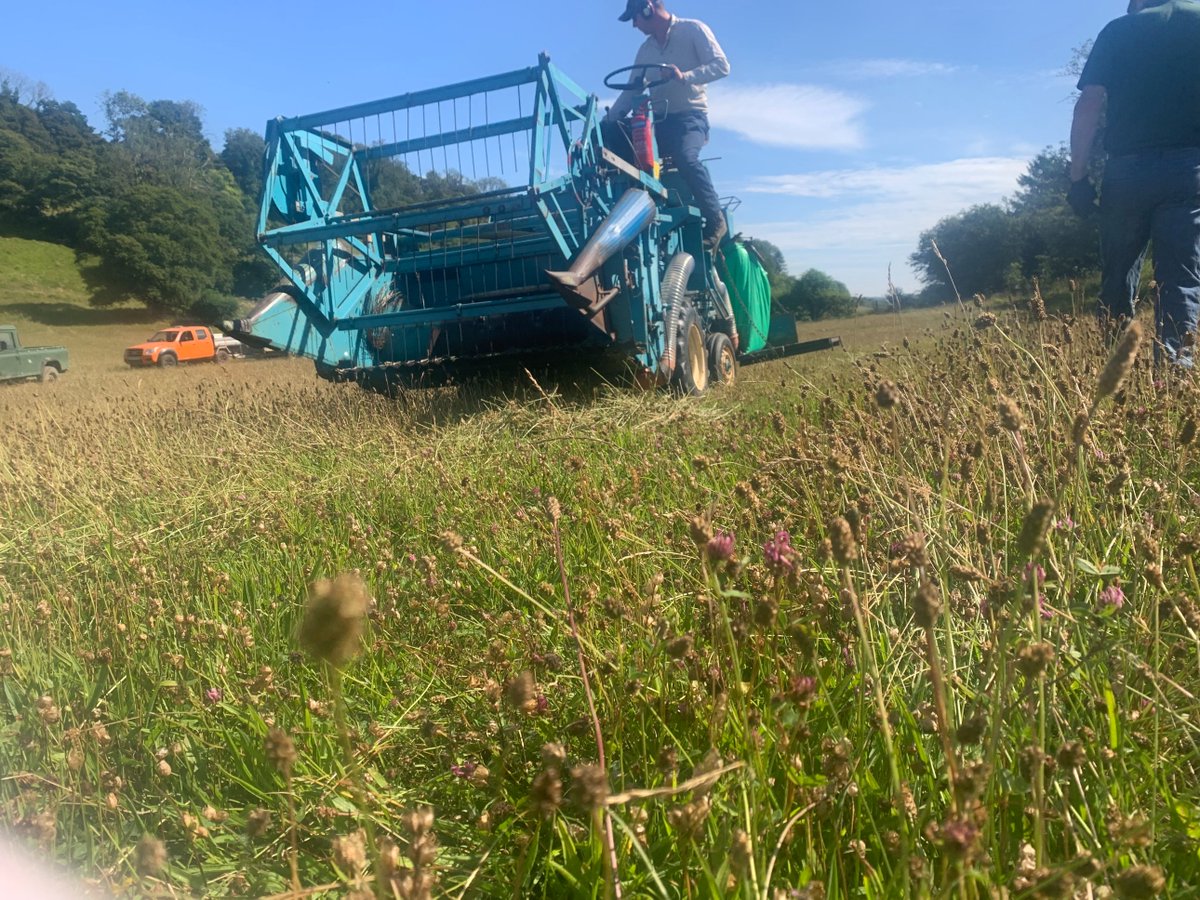
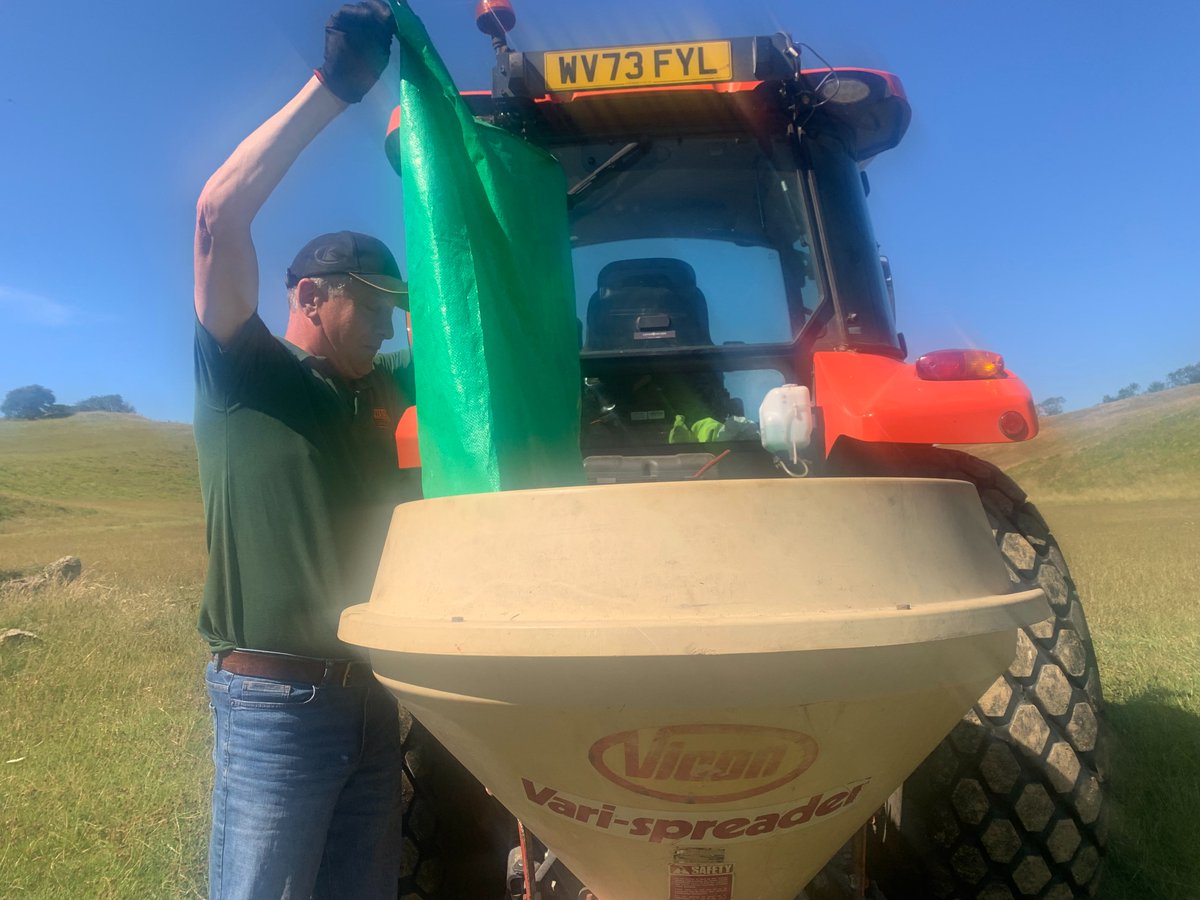
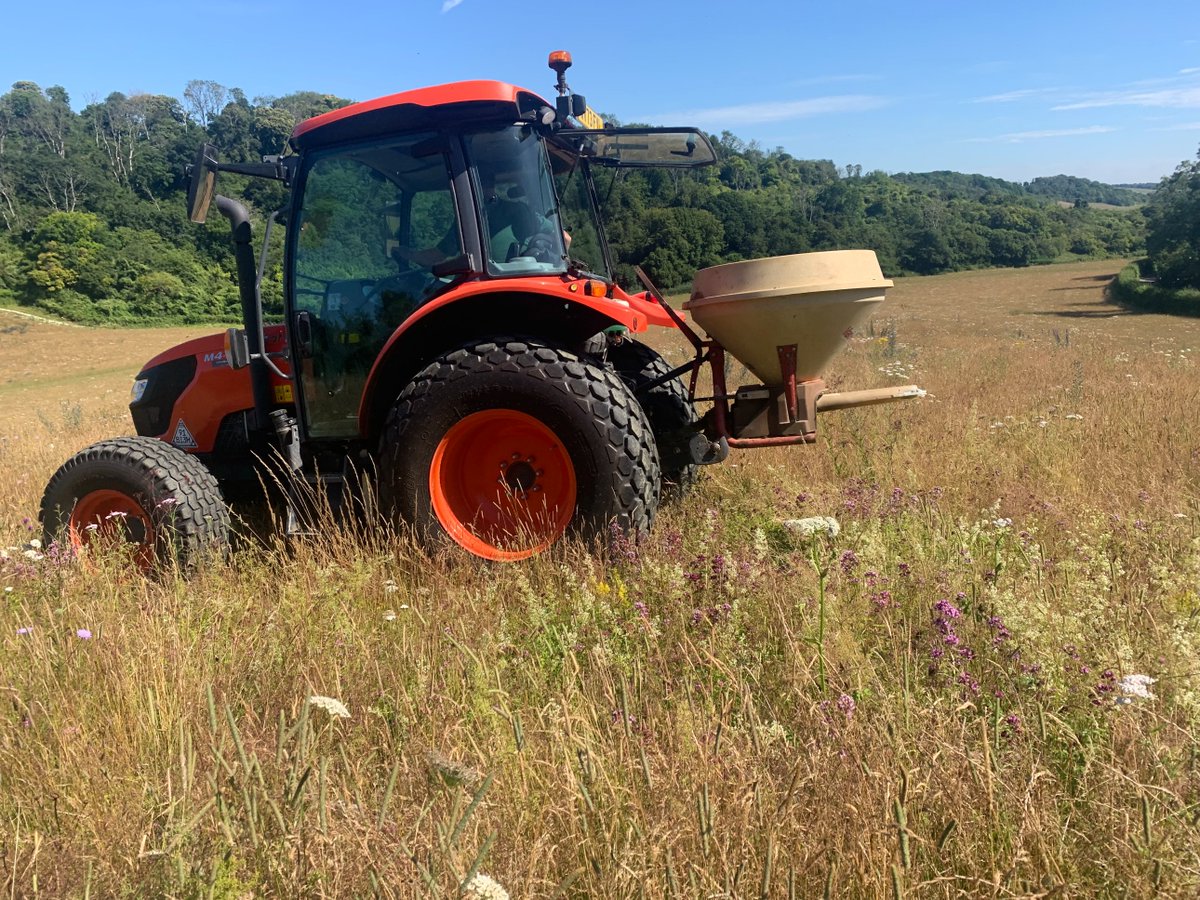
Creating high nature value areas at scale reaping rewards with this contiguous 120ha sweep of new wildflower grasslands blending into woodland networks/ glades & mini meadows. Small blue & bright wave appearing in wood meadows, & large feeding parties of swifts & hobbies at dusk
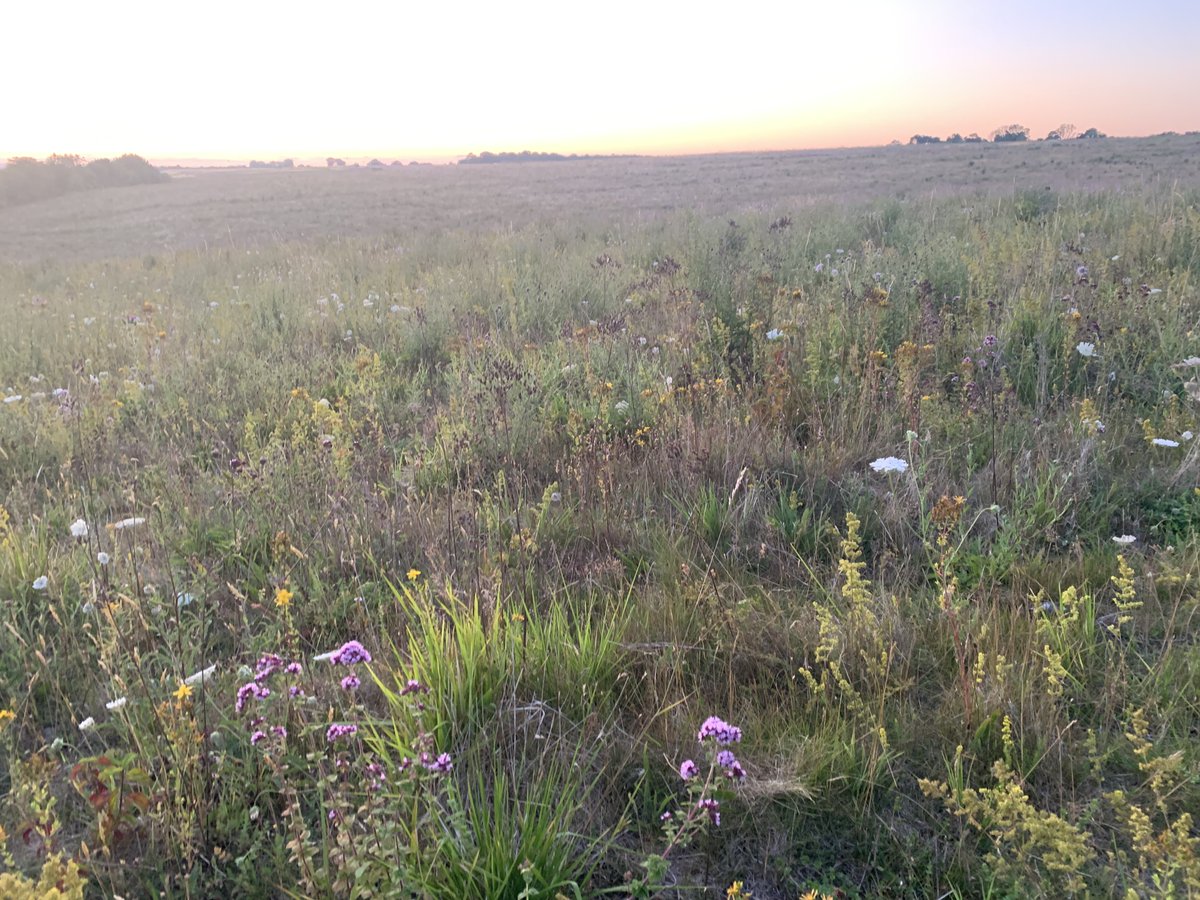
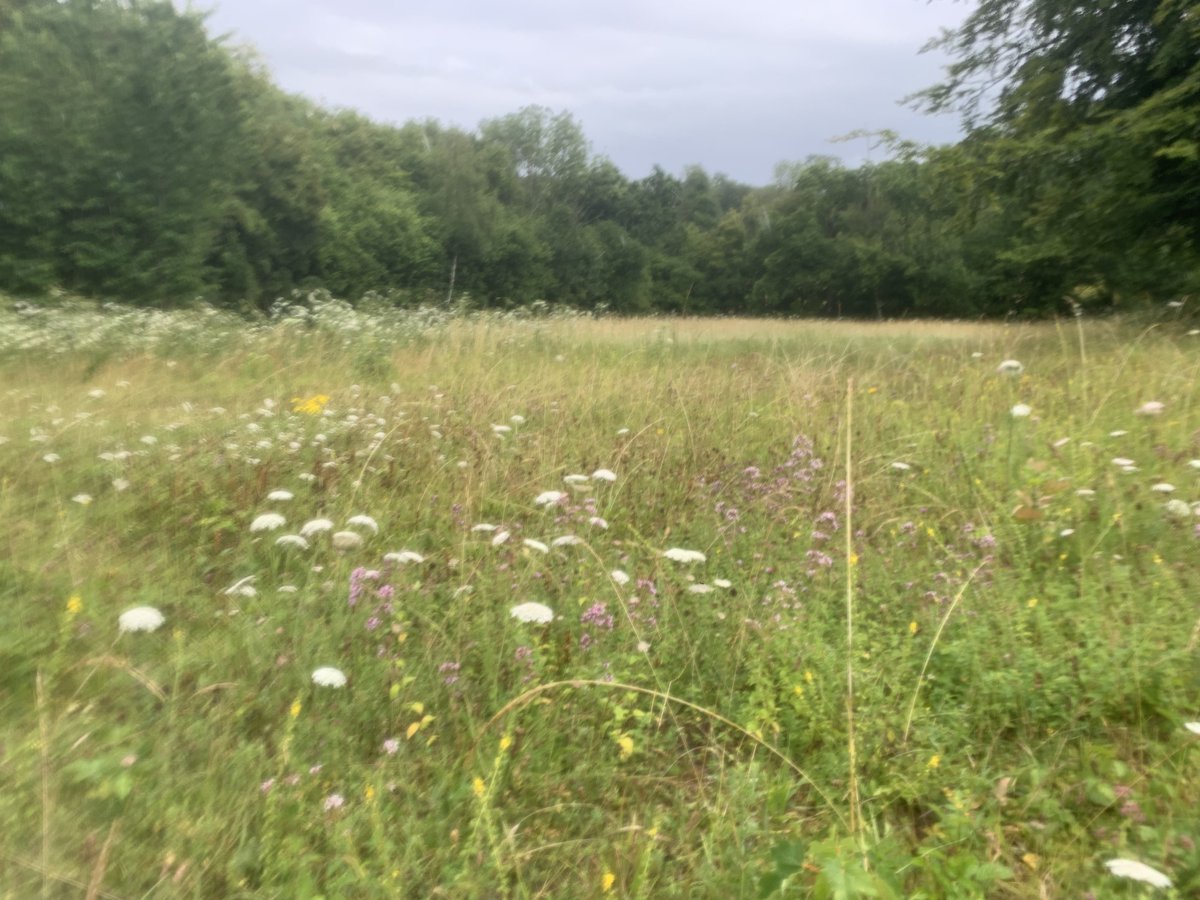
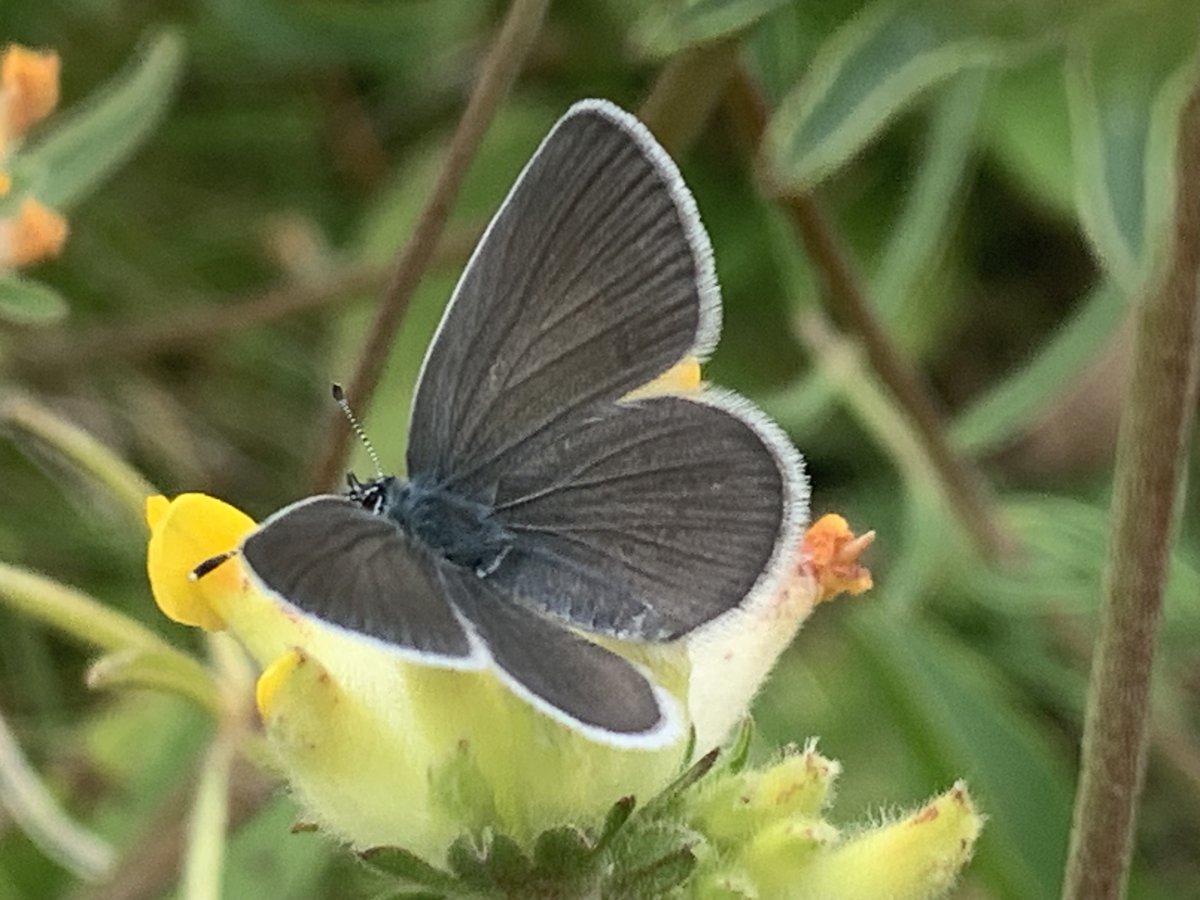
Big thanks to John @KentBatgroup & Simon for our farmer group talk & walk on bats & glowworms. Great to see glowworms, serotine, myotis and pip' sp on the tour of one of our farm's truly inspiring landscape of new flower rich grasslands, scrubby field edges and billowing hedges

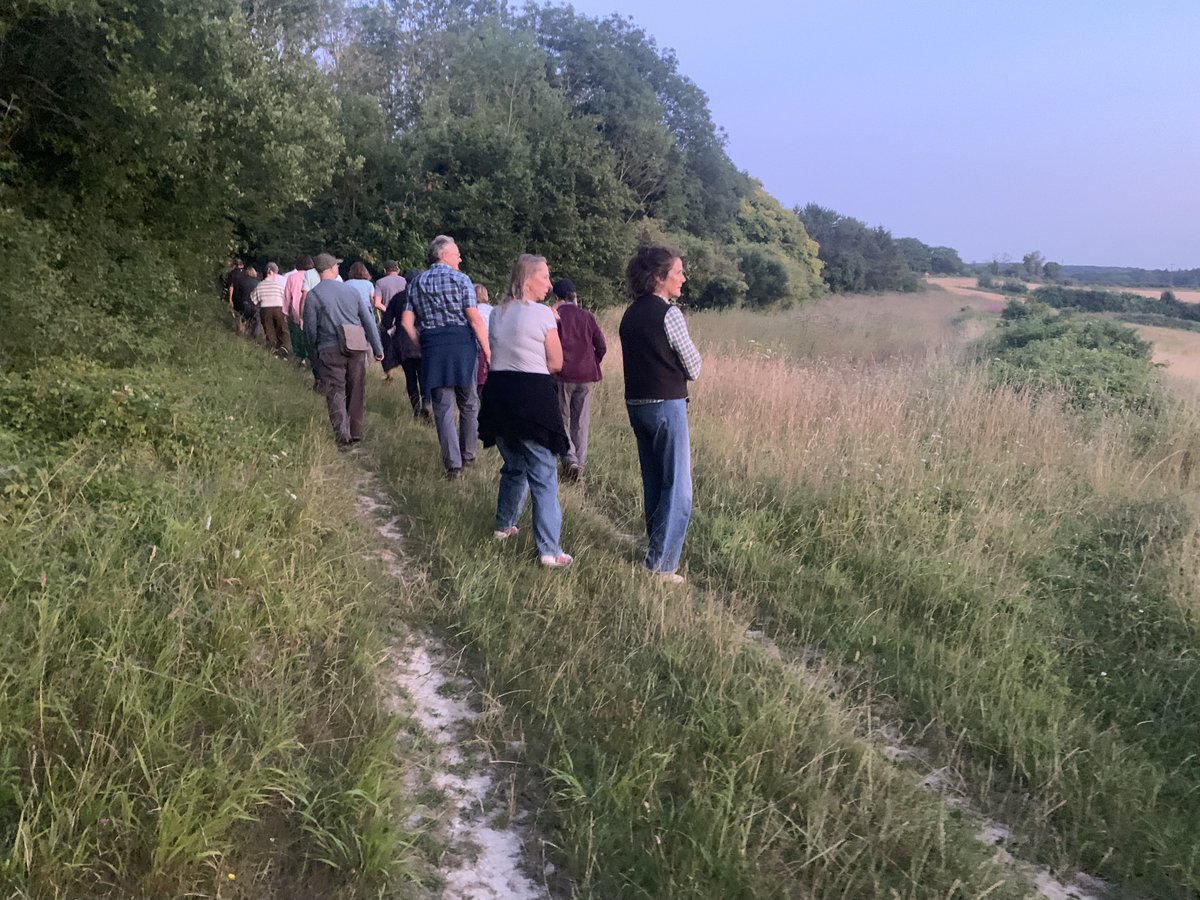

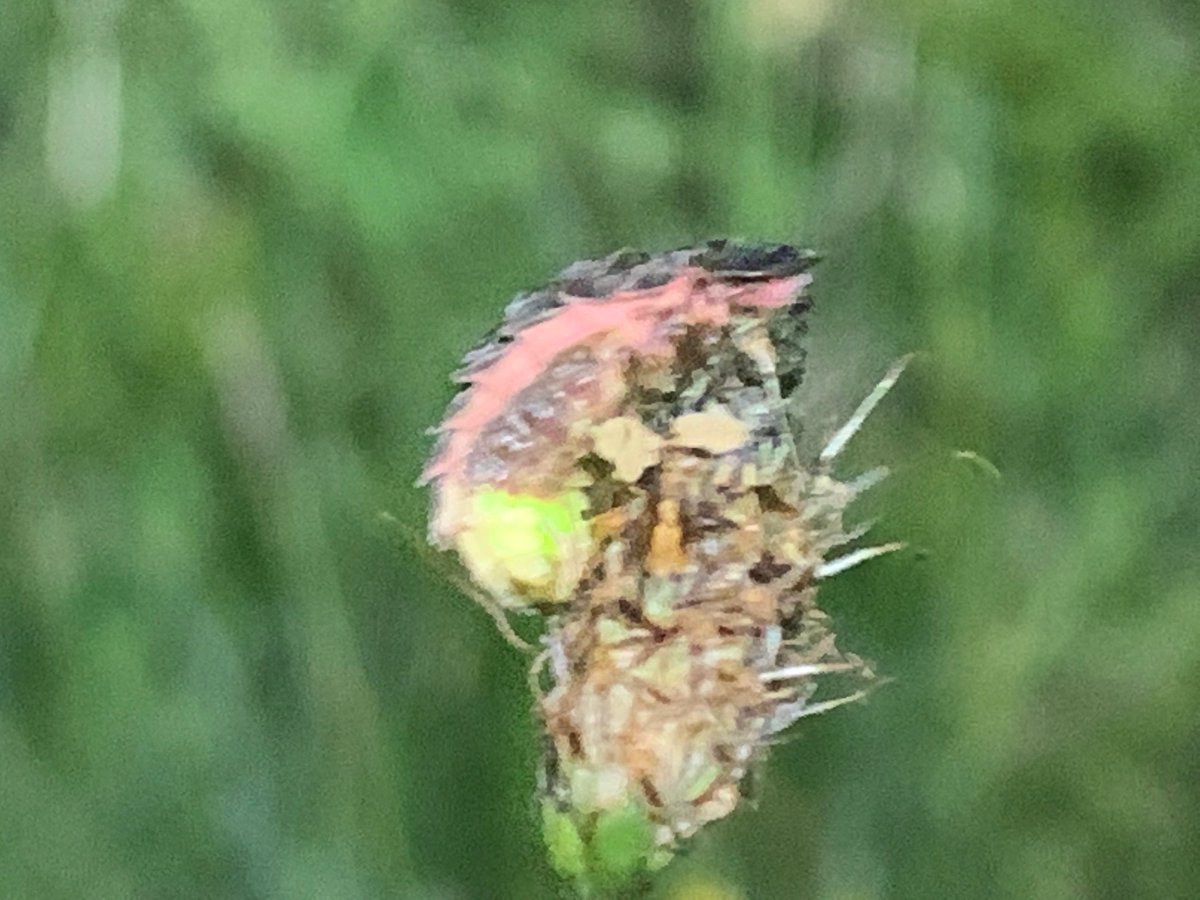
East kent downs farmers doing the heavy lifting for nature recovery this week with new records of bright wave moth on 5 new wildflower grasslands, and with the added bonus of a new site for sussex emerald. Farmers delivering nature recovery at scale
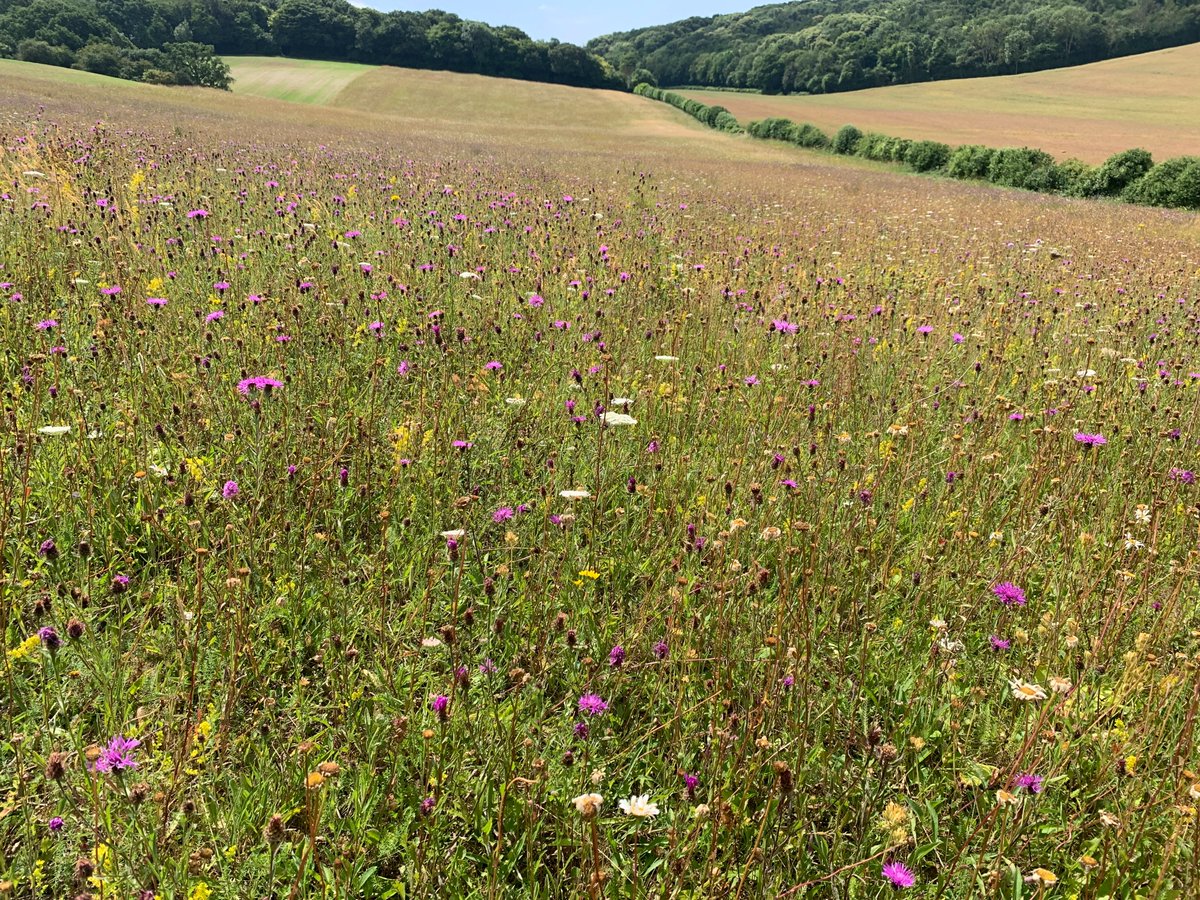
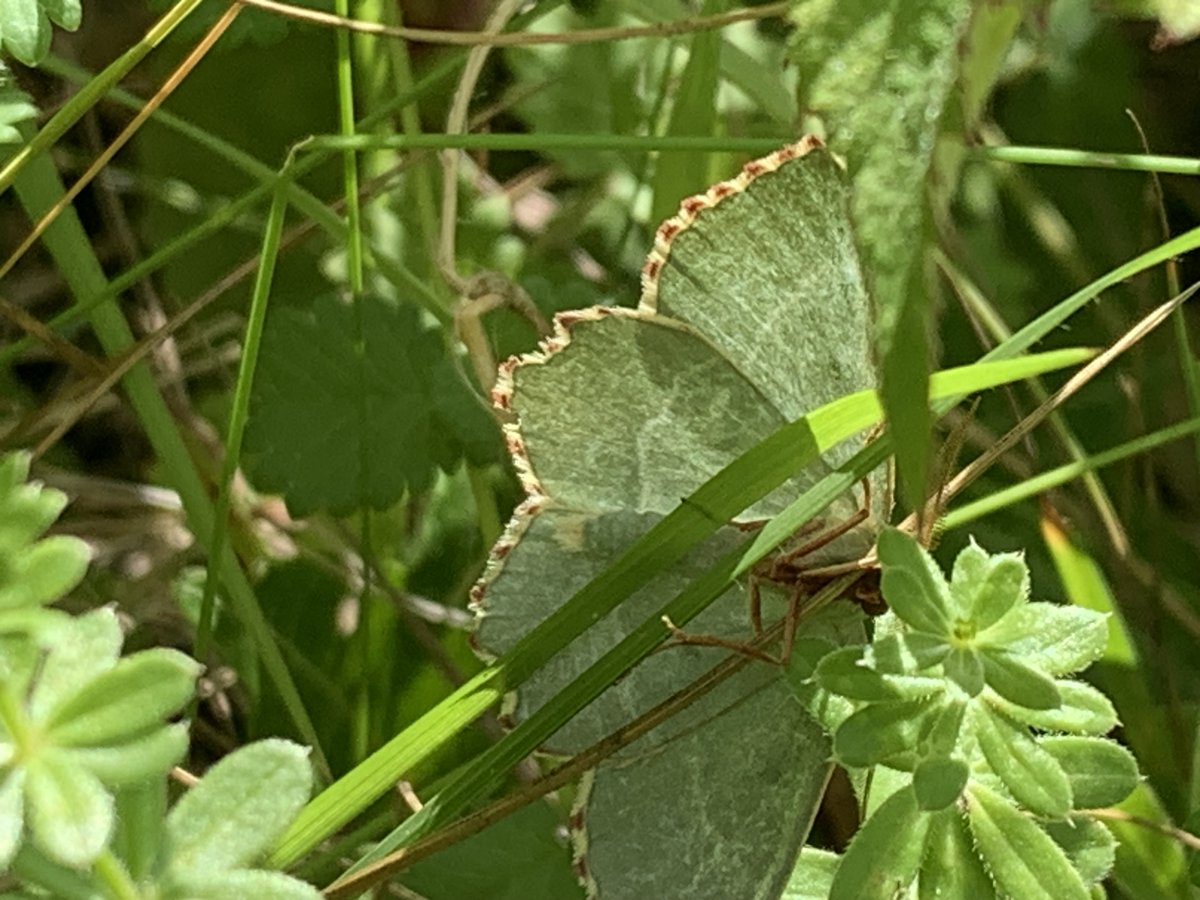
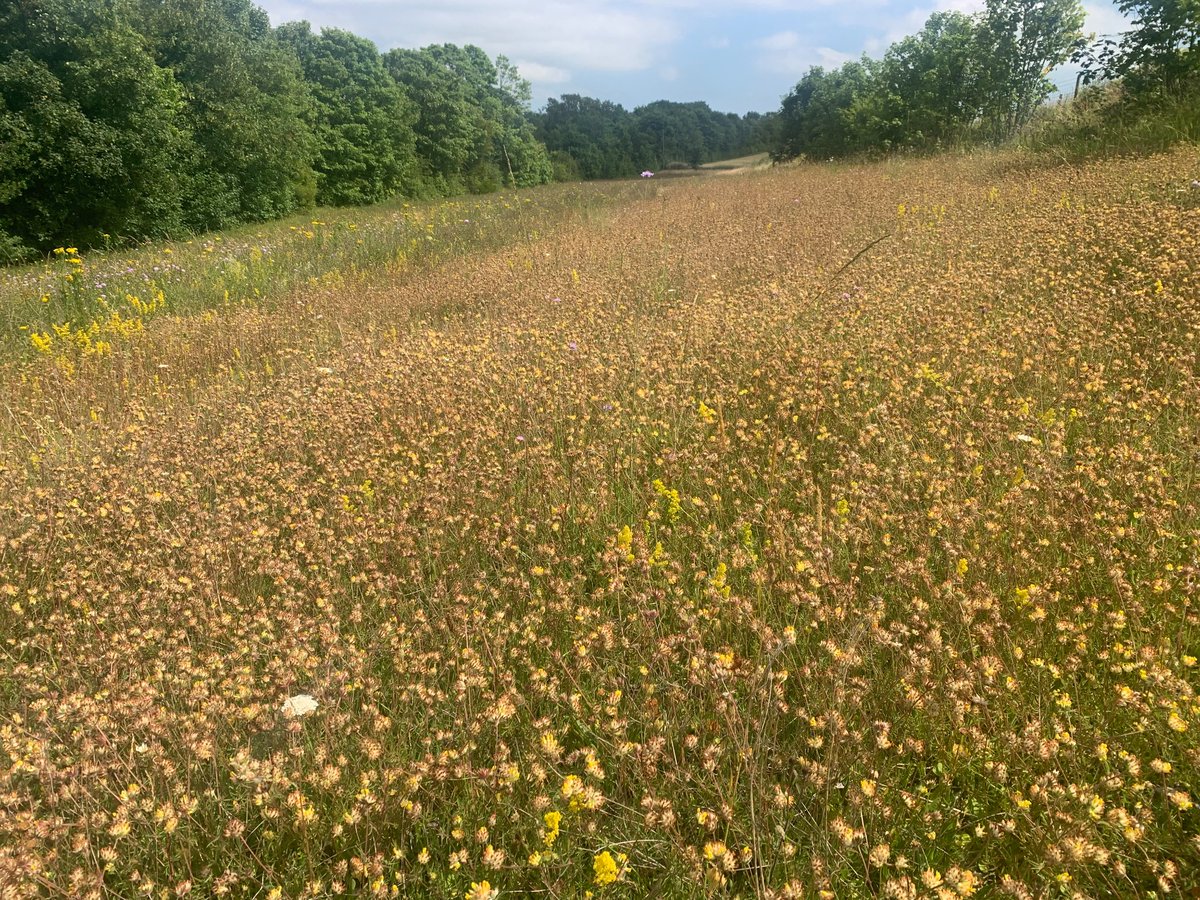
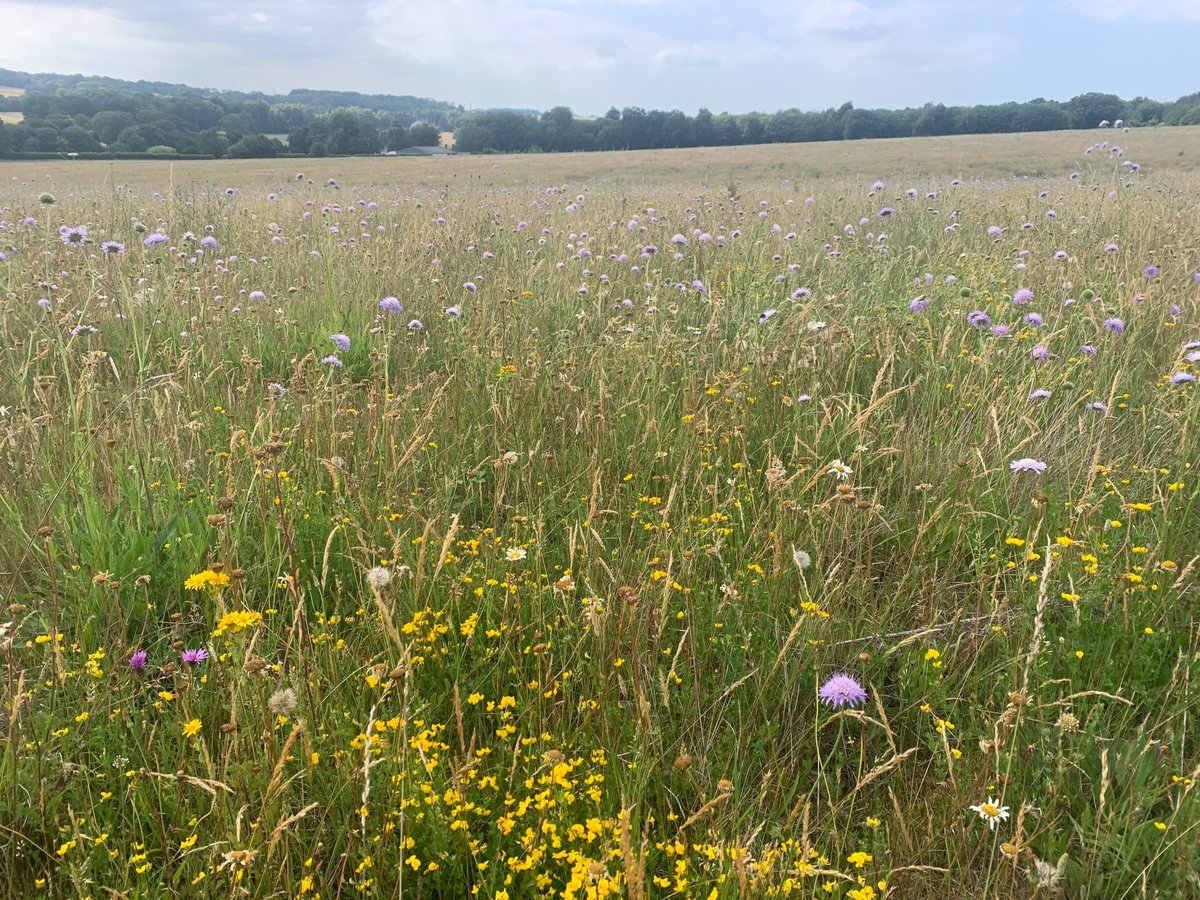
Ending the flight season on a high for this farm as a milestone is reached with the expansion of black veined moth across the landscape ; a first sighting of the moth on a block of restored & created species rich grassland hopefully heralding its colonisation of new valley system
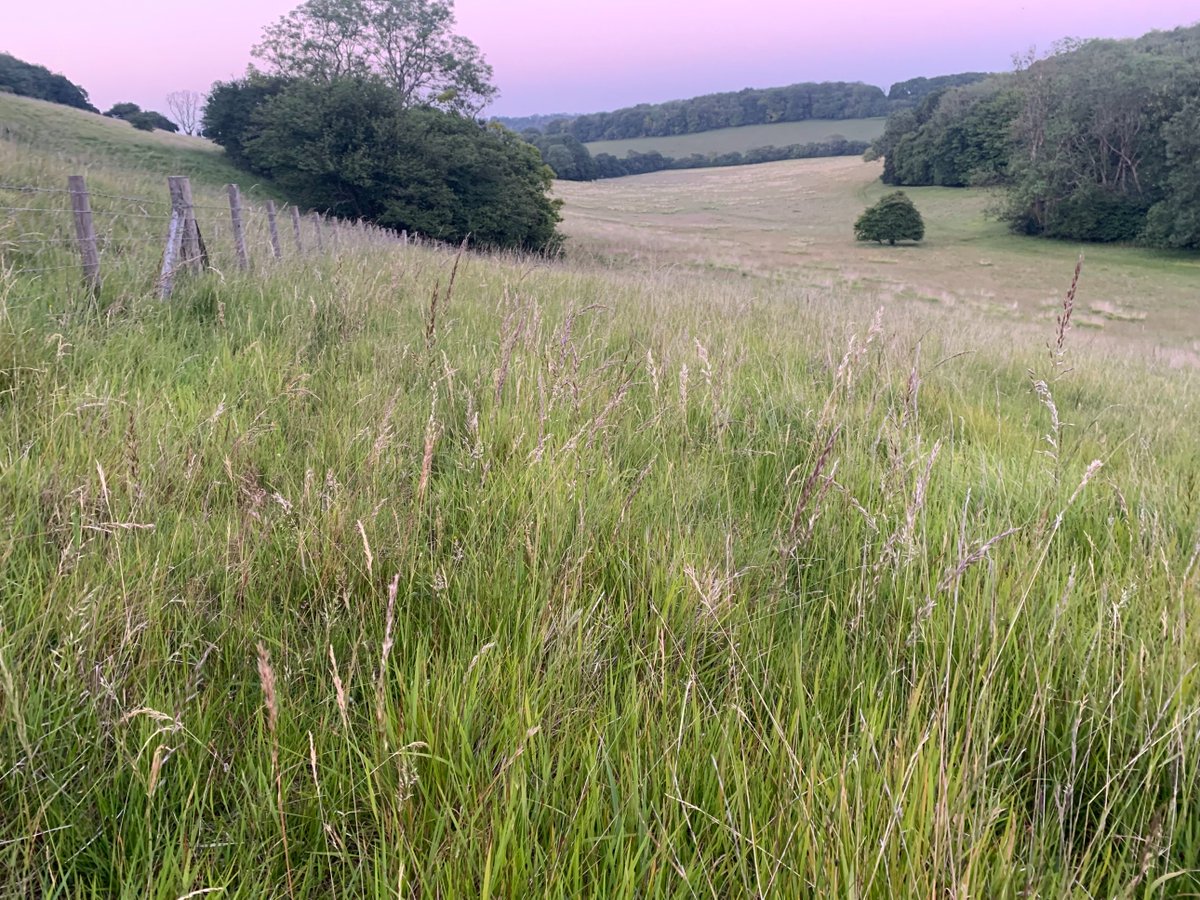
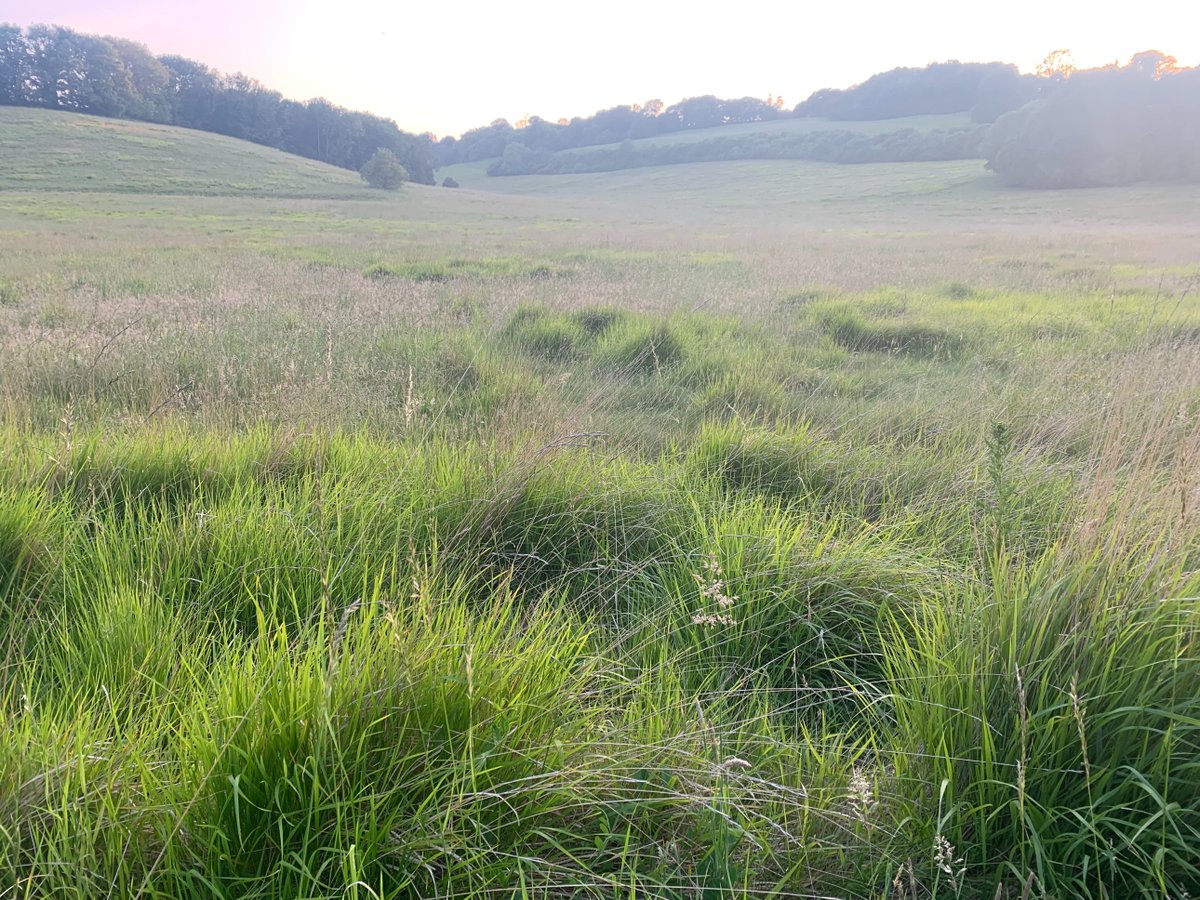
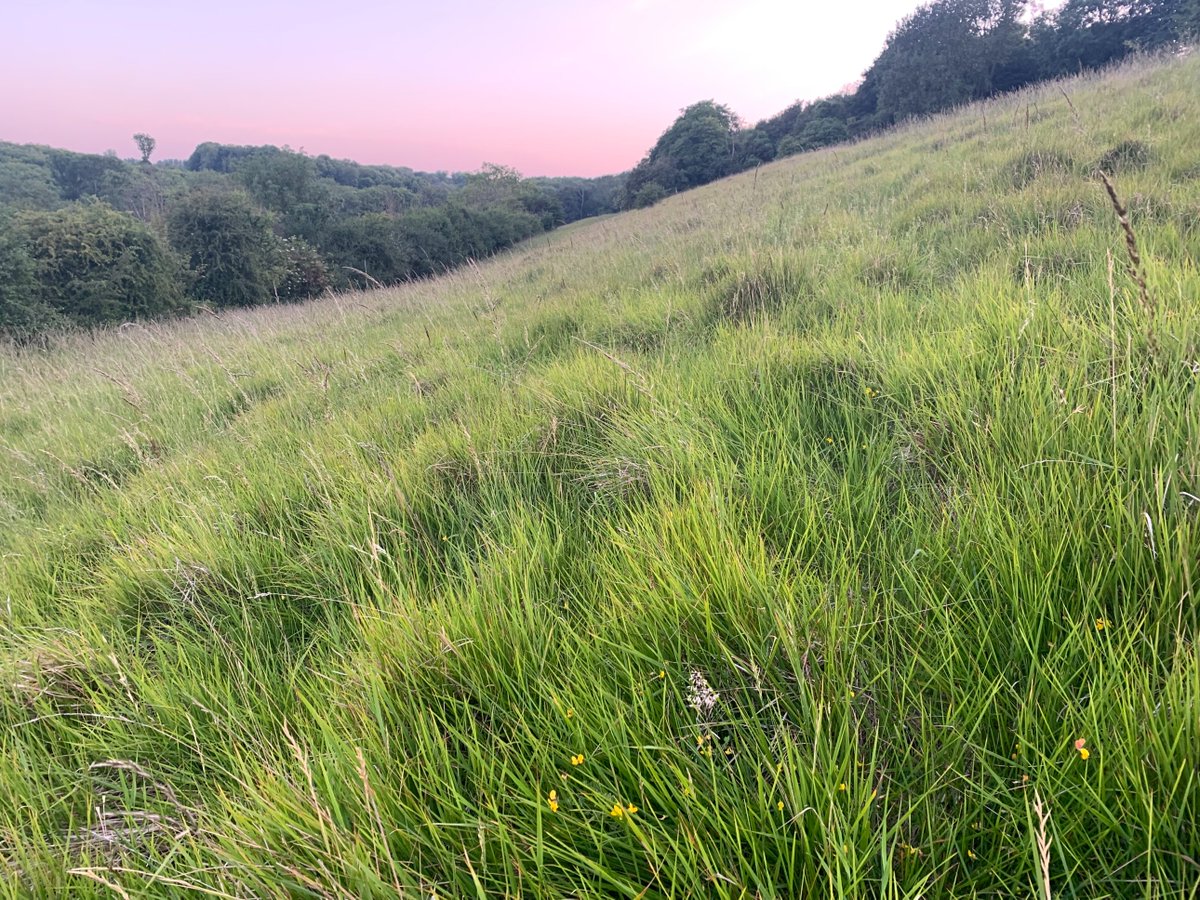
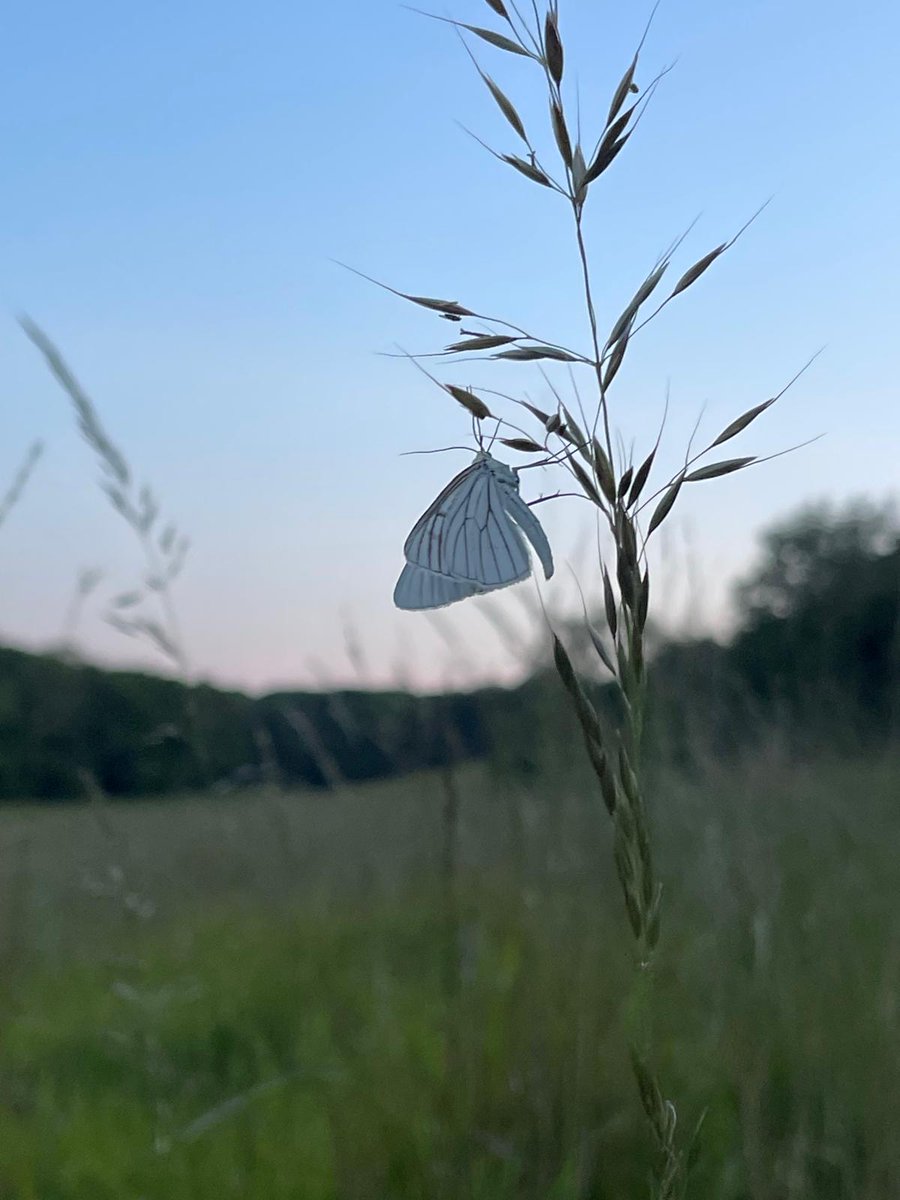
Big thanks to Ben & team at Godmersham for hosting our East Kent Downs landscape recovery farmer group barn owl walk & talk. Great to see superb mix of created, restored & intact habitats delivering for barn owl, lapwing, kentish milkwort, adonis blue, black veined moth, adder...
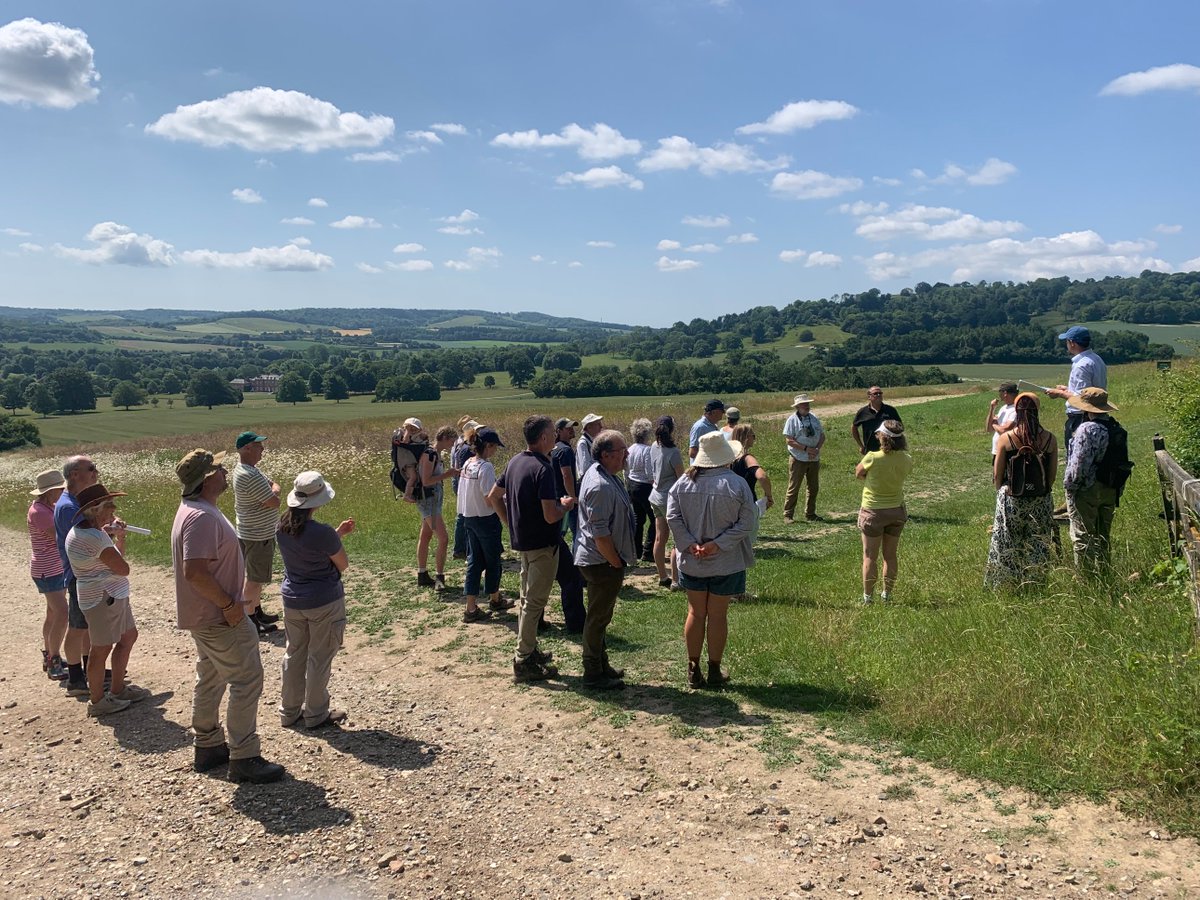

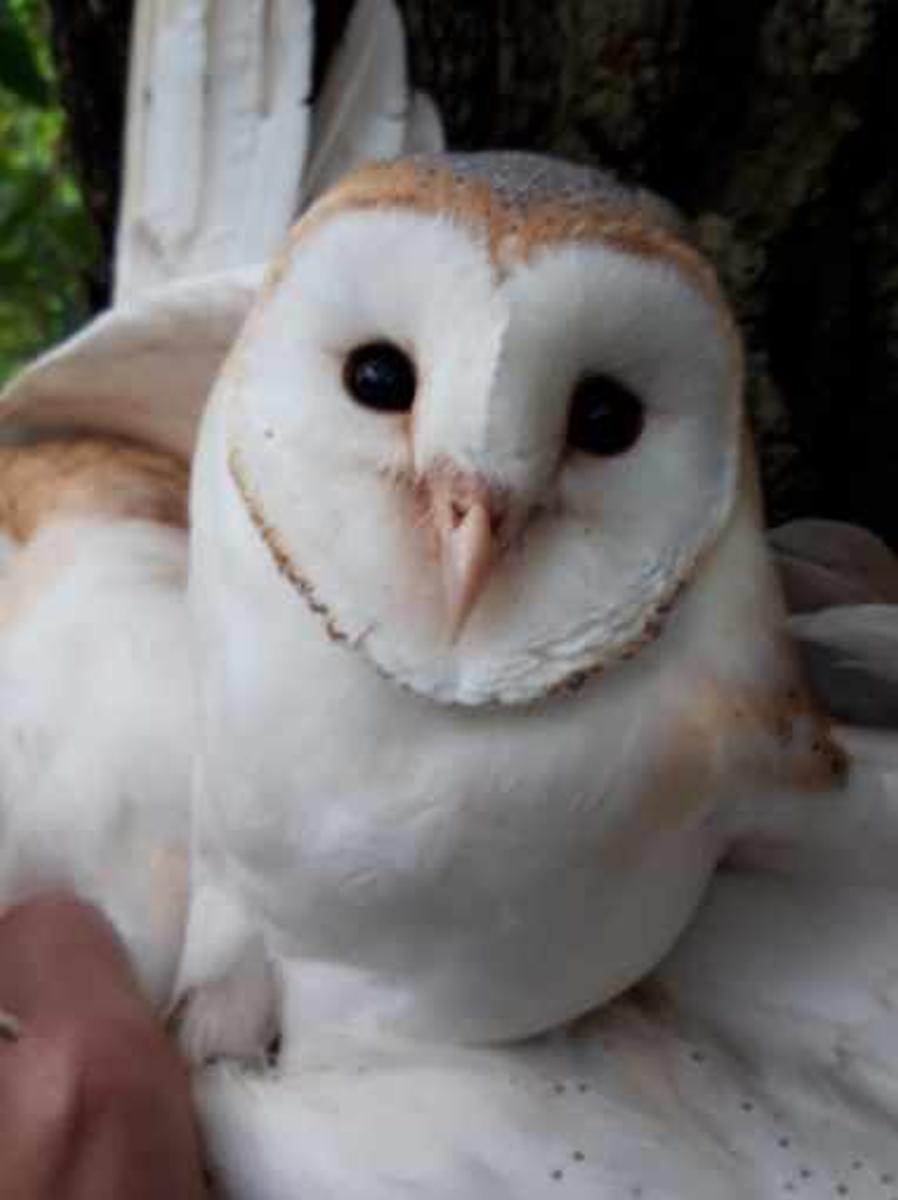
Great to show black veined moth in newly created wildflower grassland habitats to all who joined the @BCKentBranch walk. With added bonus of dark green fritillary in numbers & white bryony mining bee. Farmers creating new species rich habitats from scratch, driving species recov'
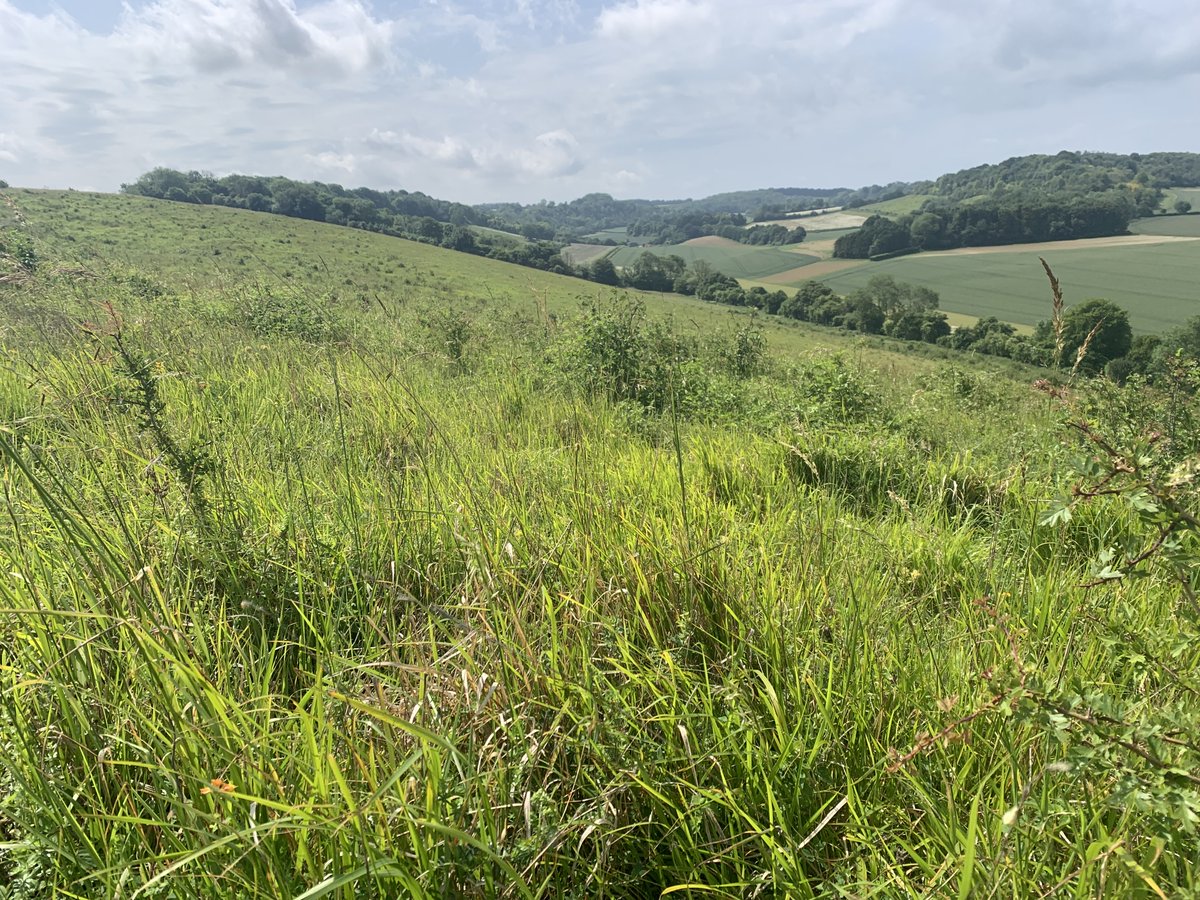

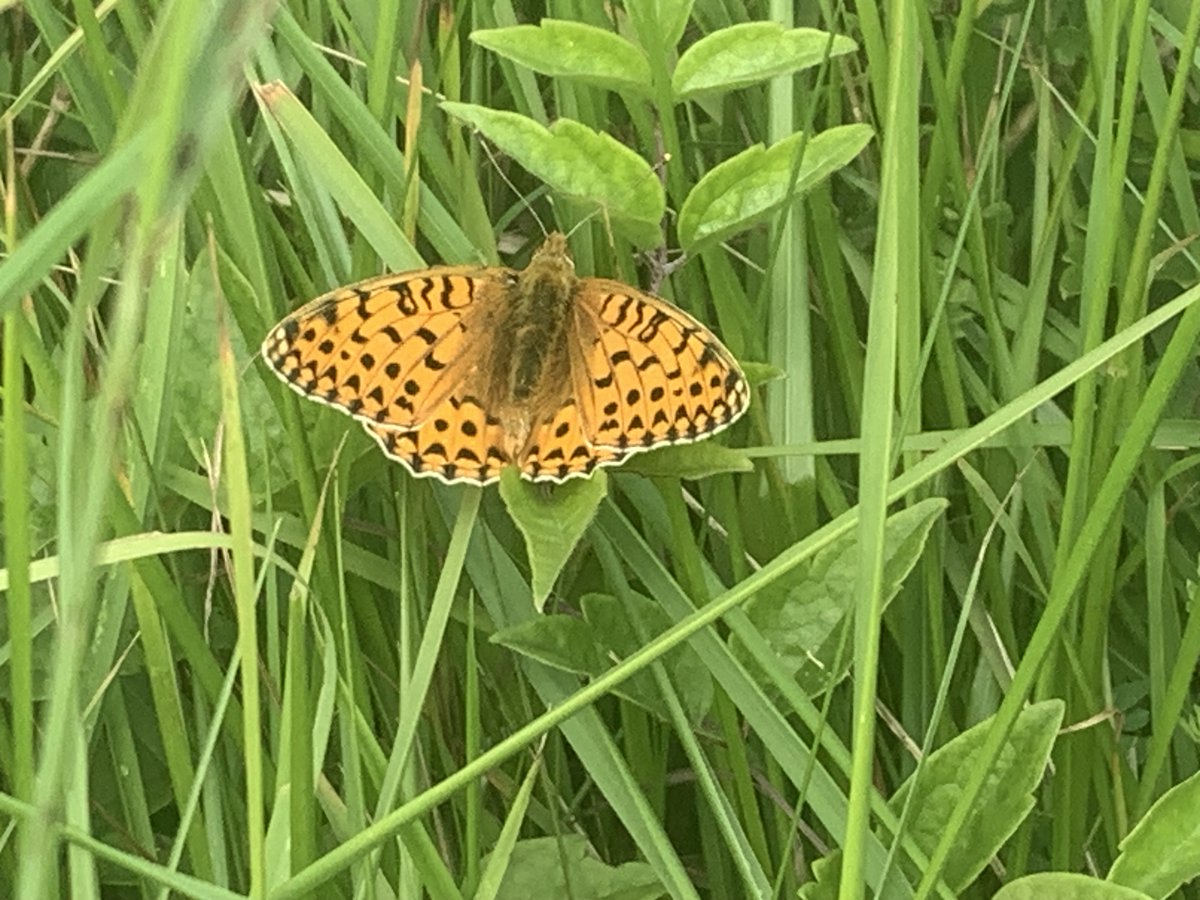

More examples of species recovery being driven by long term focus on rebuilding large networks wildflower grasslands across the landscape - these from our stour valley network this week - inland breeding stonechat & small blue colonising new areas. Farmers leading nature recovery

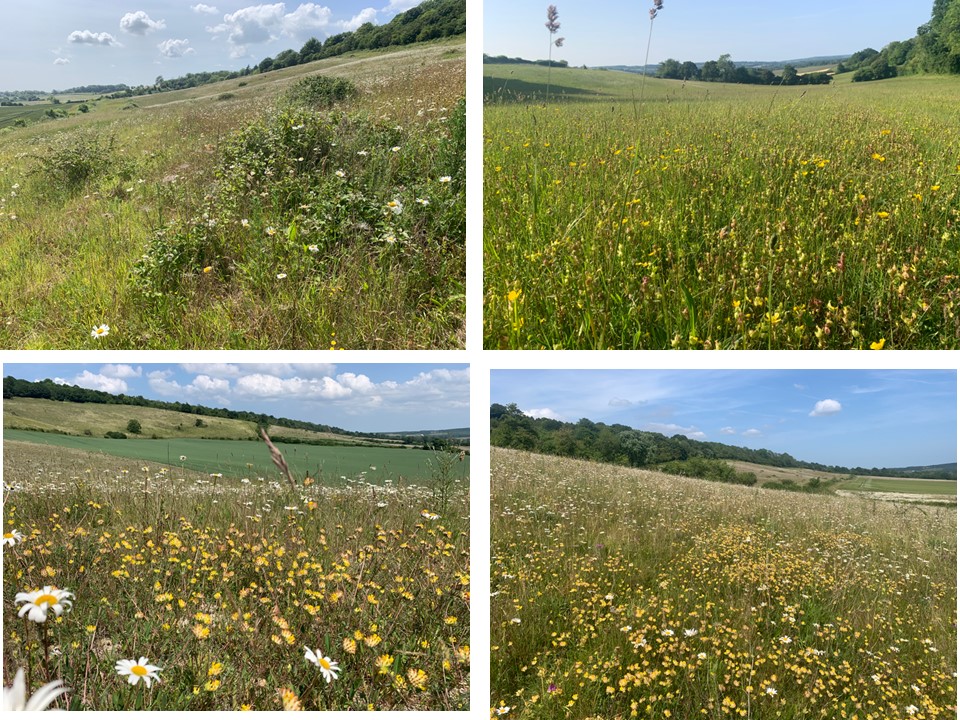
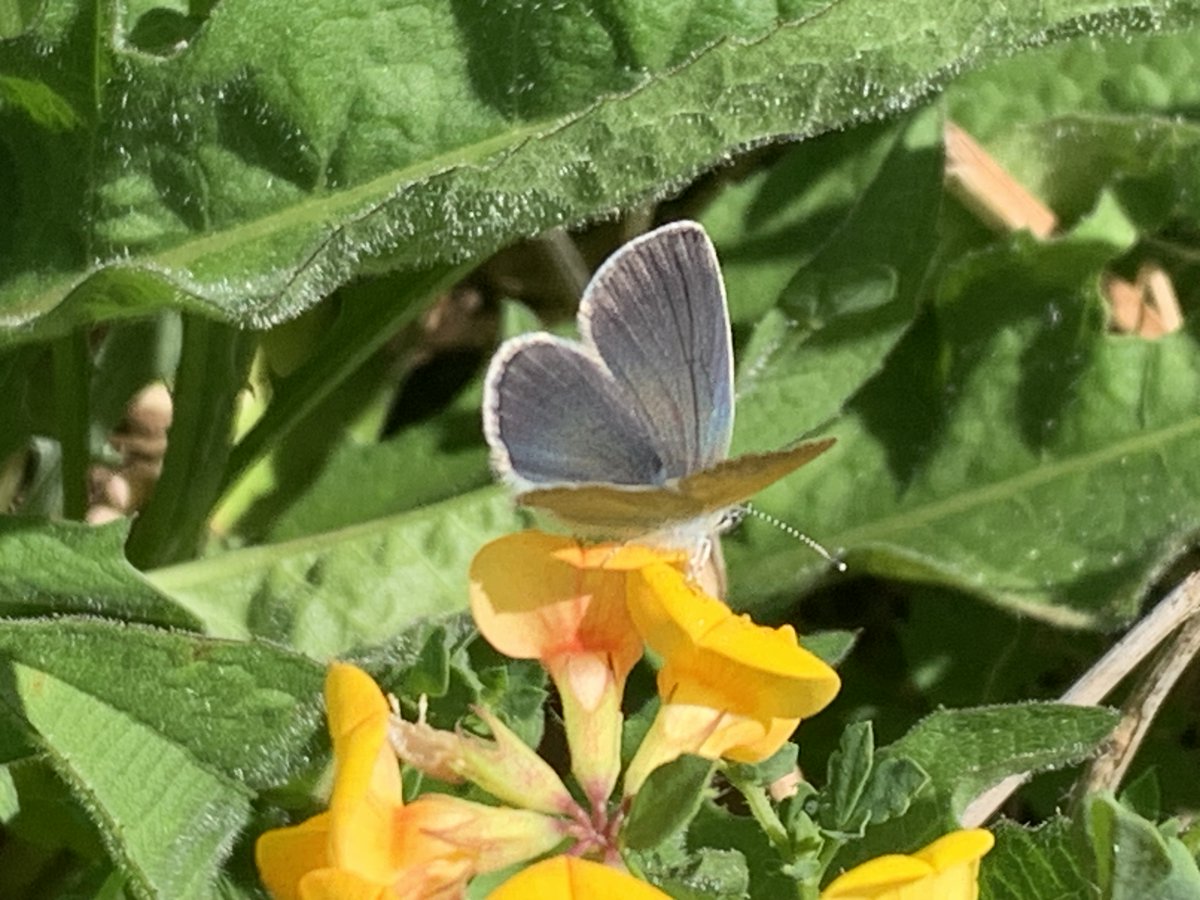

Good to see ruderal bumble bee and small blue expanding their range within our Barham Downs nature recovery network, now finding their way north into woodland meadows /glades and colonising new grasslands to the south. Farmers leading nature recovery
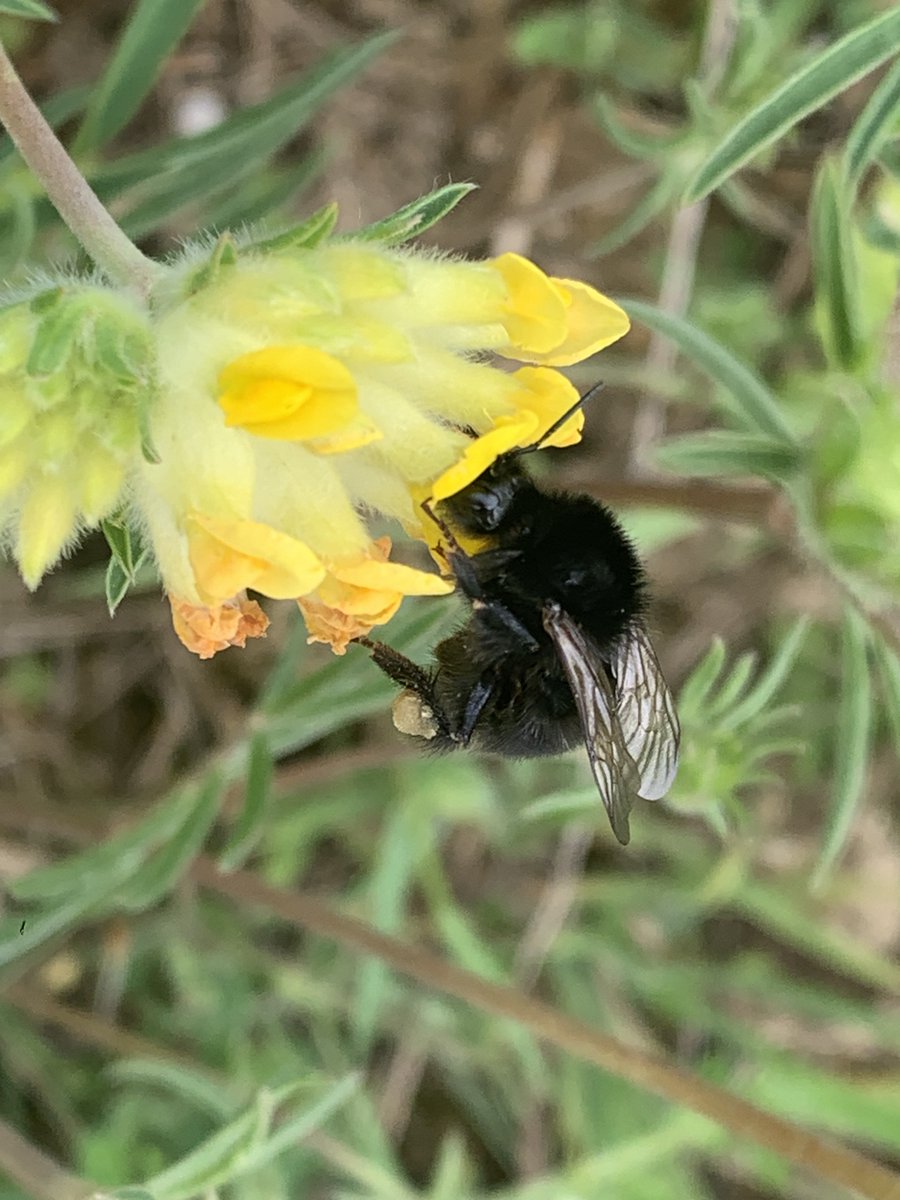



#SFI NUM3 mix Good to see the 🐝 are out in force today after not seeing many in May. A nice hum in the air #Pollinators #SoilHealth Our honey yield has increased 3x by having flowering plants across the farm from March to November @NFFNUK @ProducedinKent
Great to join @KentBatGroup on serotine roost counts in our east kent downs project area. Good serotine numbers & new roost discoveries showing healthy abundance of large flying insects - testament to the multiple gains of farmers creating insect rich habitats at landscape scale


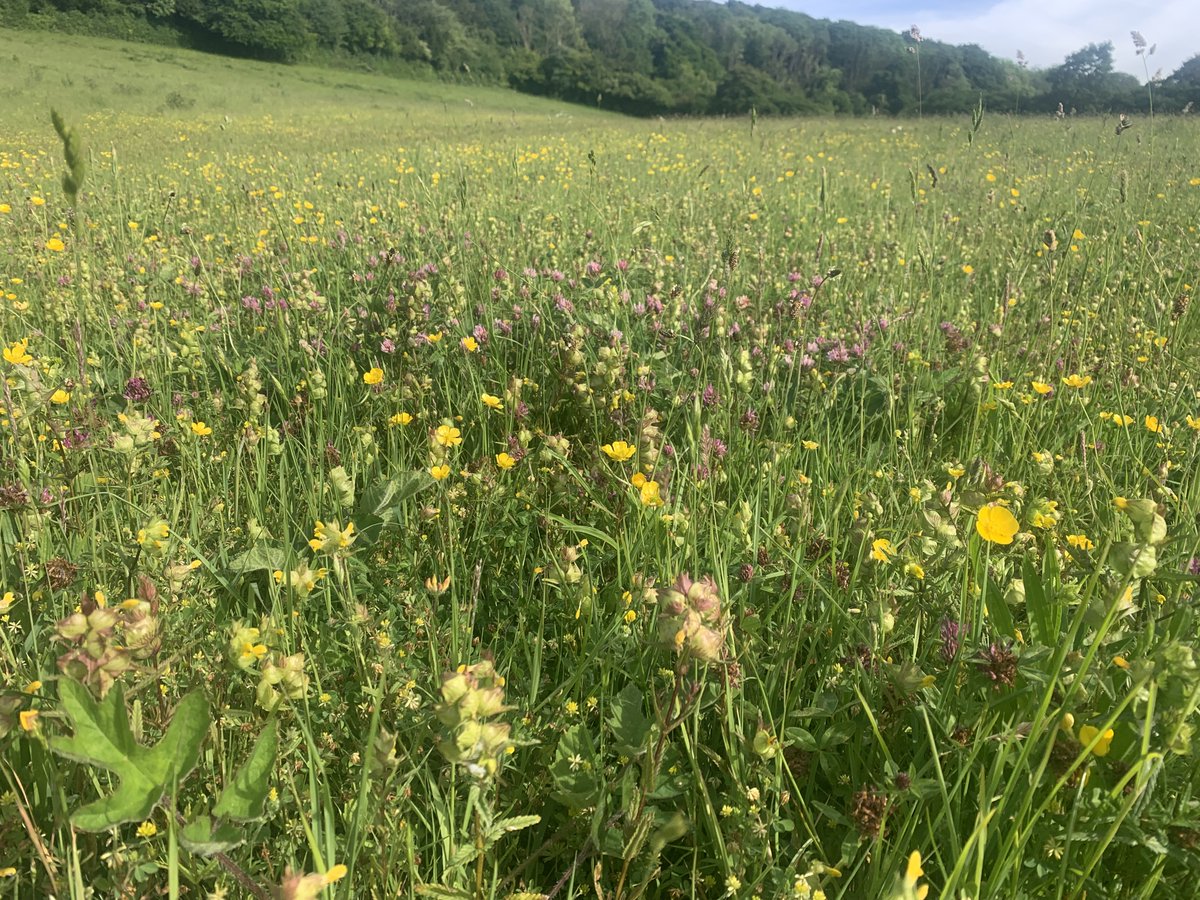

Fragrant, man & pyramidal orchid & broomrape sp. turning up on our new wildflower grassland creation sites each year - some of many species taking advantage of open, non competitive swards, often triggered by rattle expansion phase,typically 10 - 15 years after initial reversion
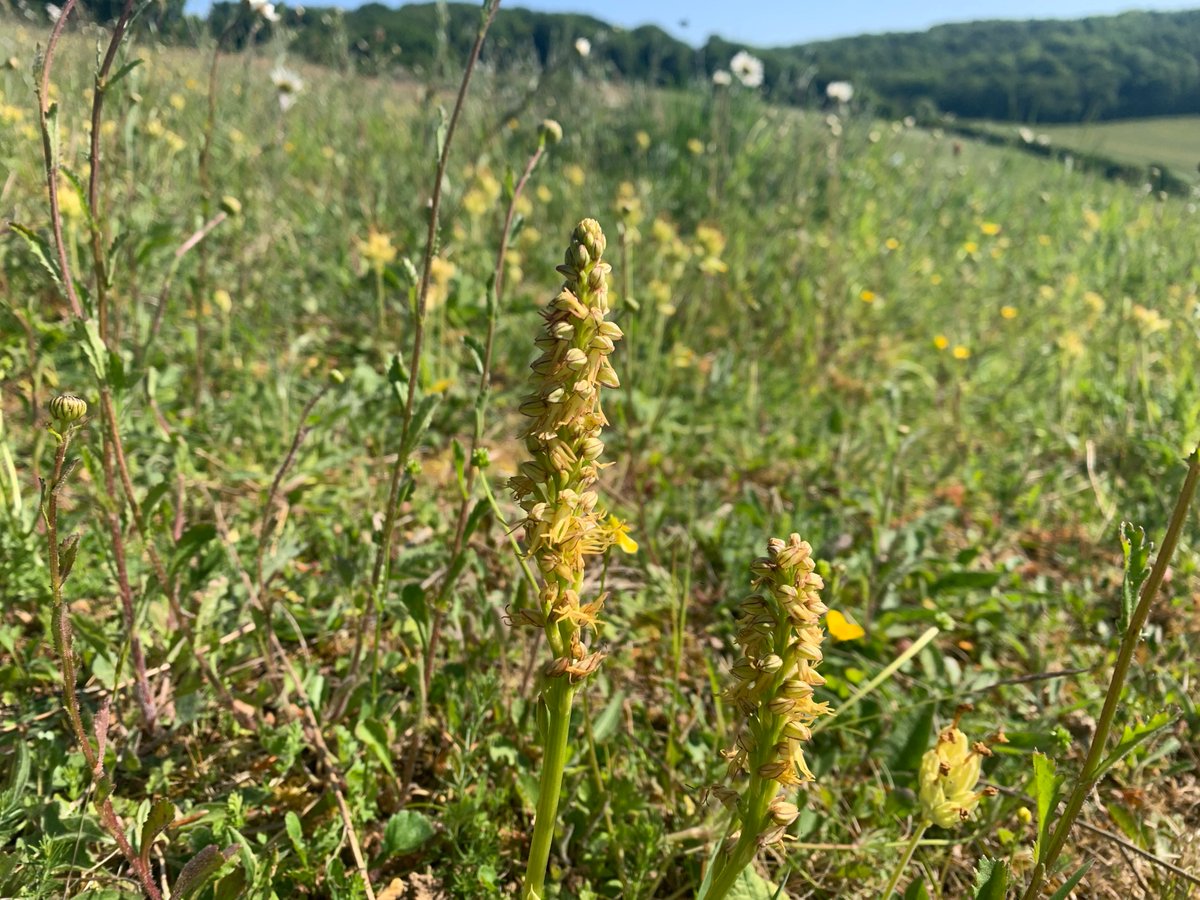

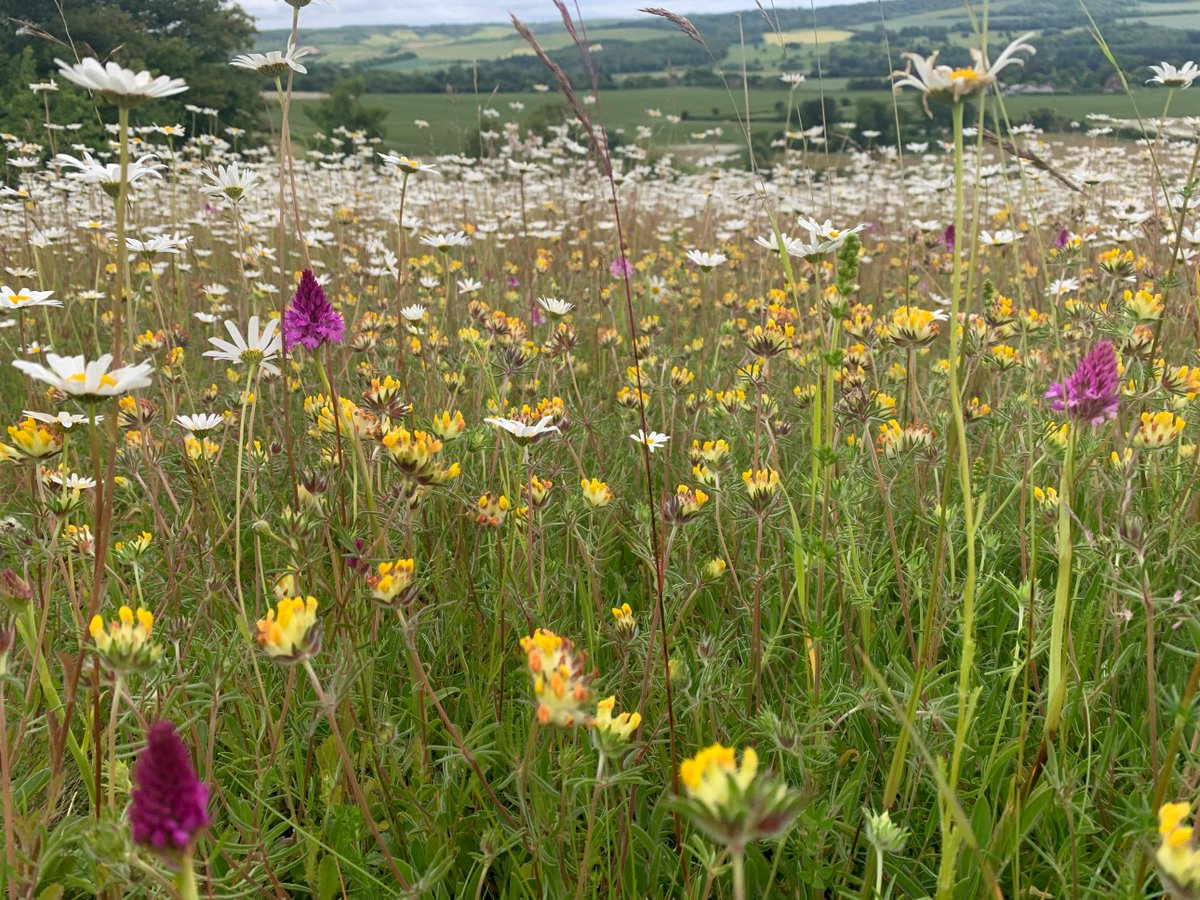

Good to find continued presence of Kentish milkwort following new introduction of seedling plants by @speciesrecovery on newly created wildflower grassland. Lace border and black veined moth putting on a show too, as first time records on new sites. Farmers leading nature recov'
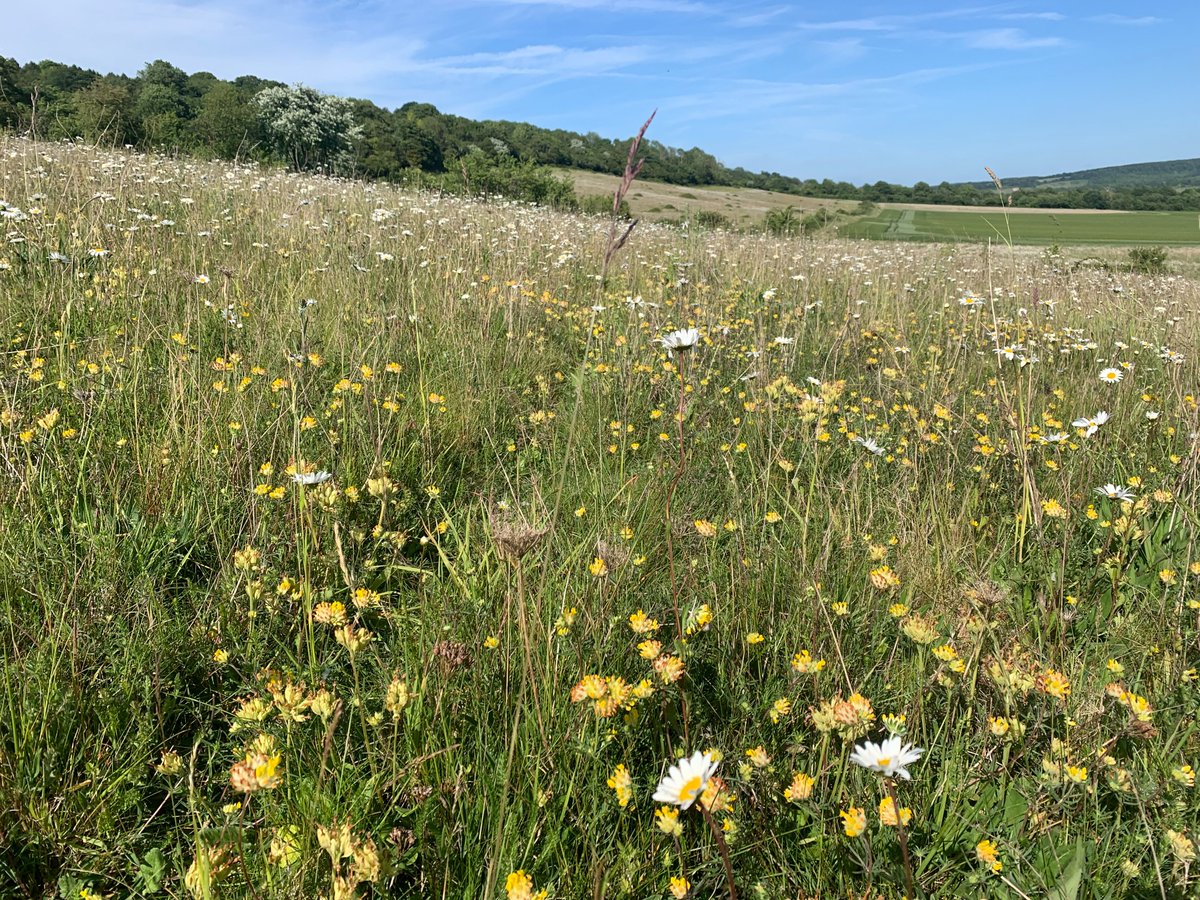
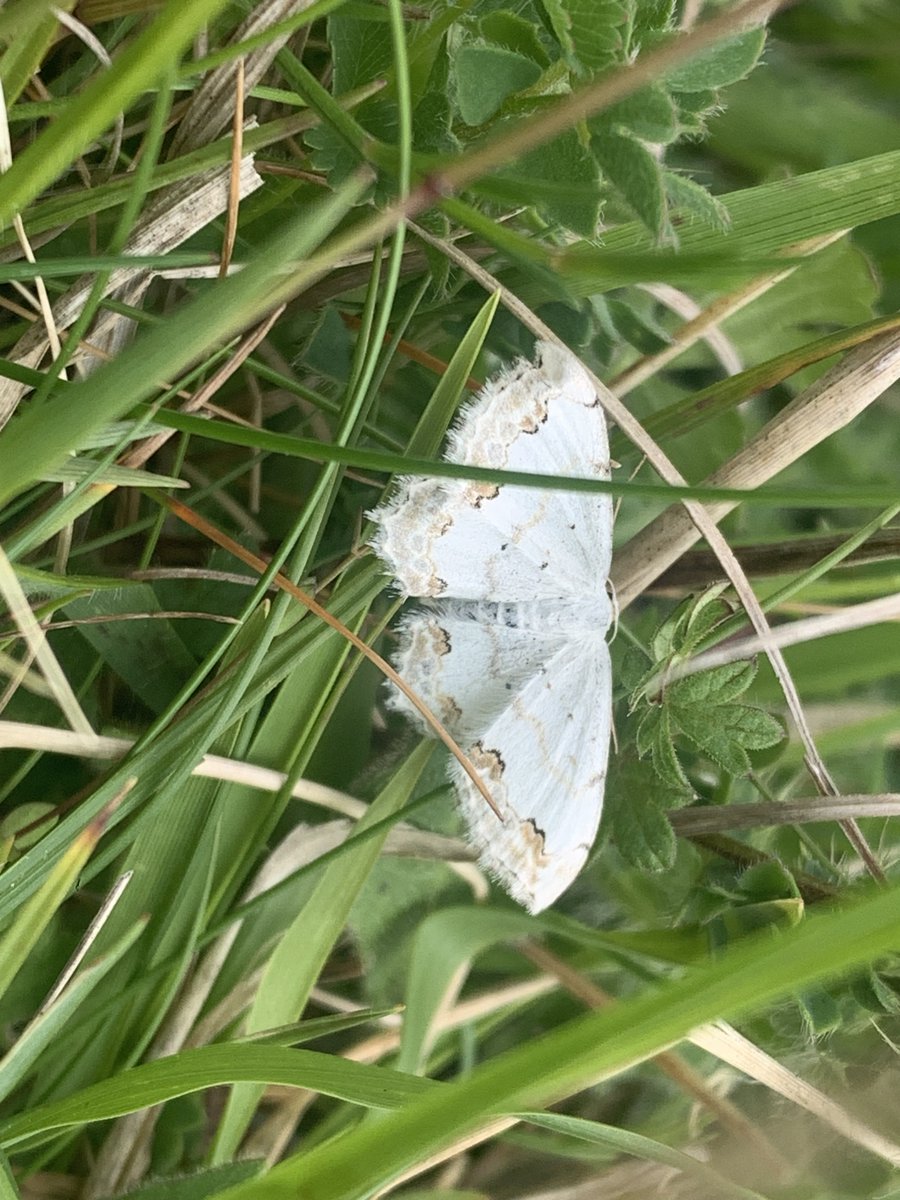
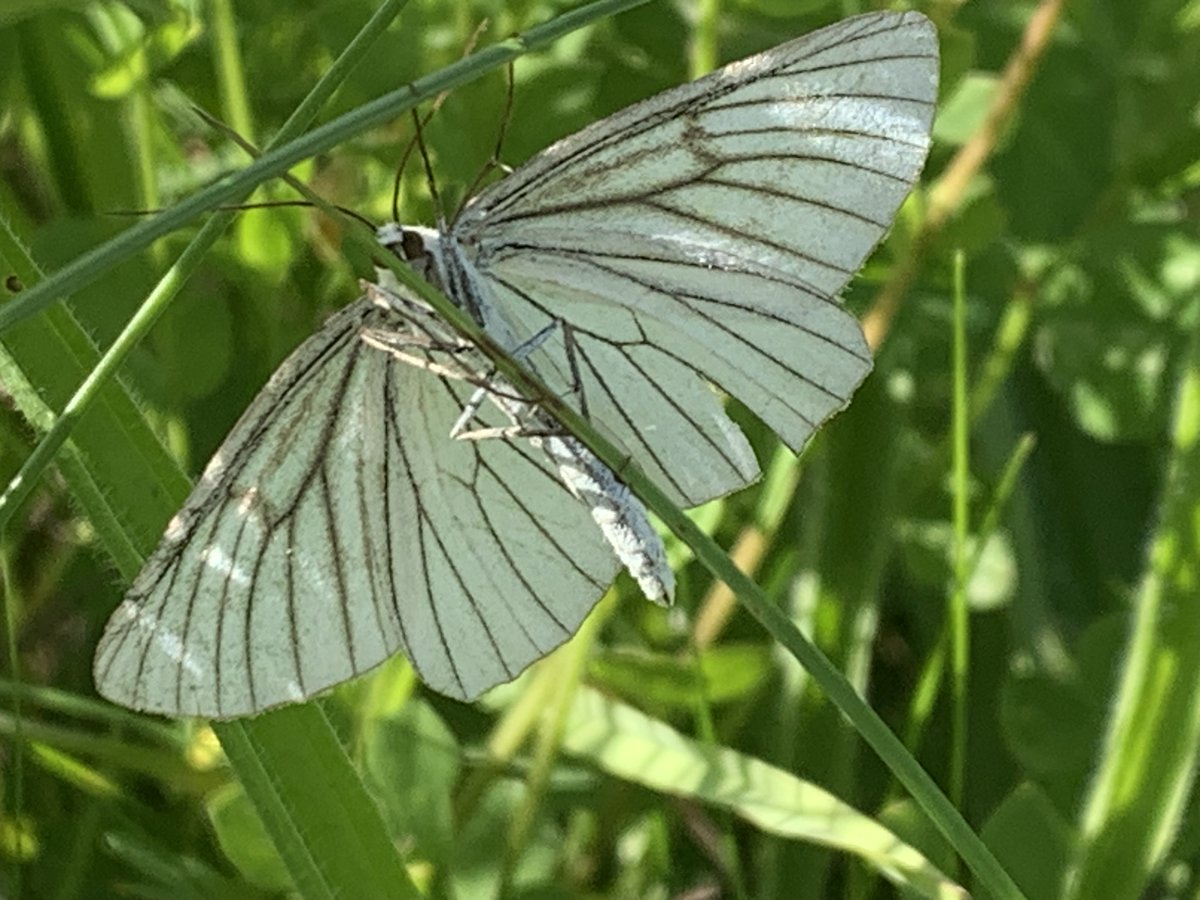

Big thanks to the Managers of Stelling Minnis Common for our east kent downs farmer group meeting looking at pros and cons of invisible fencing as a way of managing cattle grazing on the Minnis for acid grassland and heathland habitats. East Kent Farmers leading nature recovery
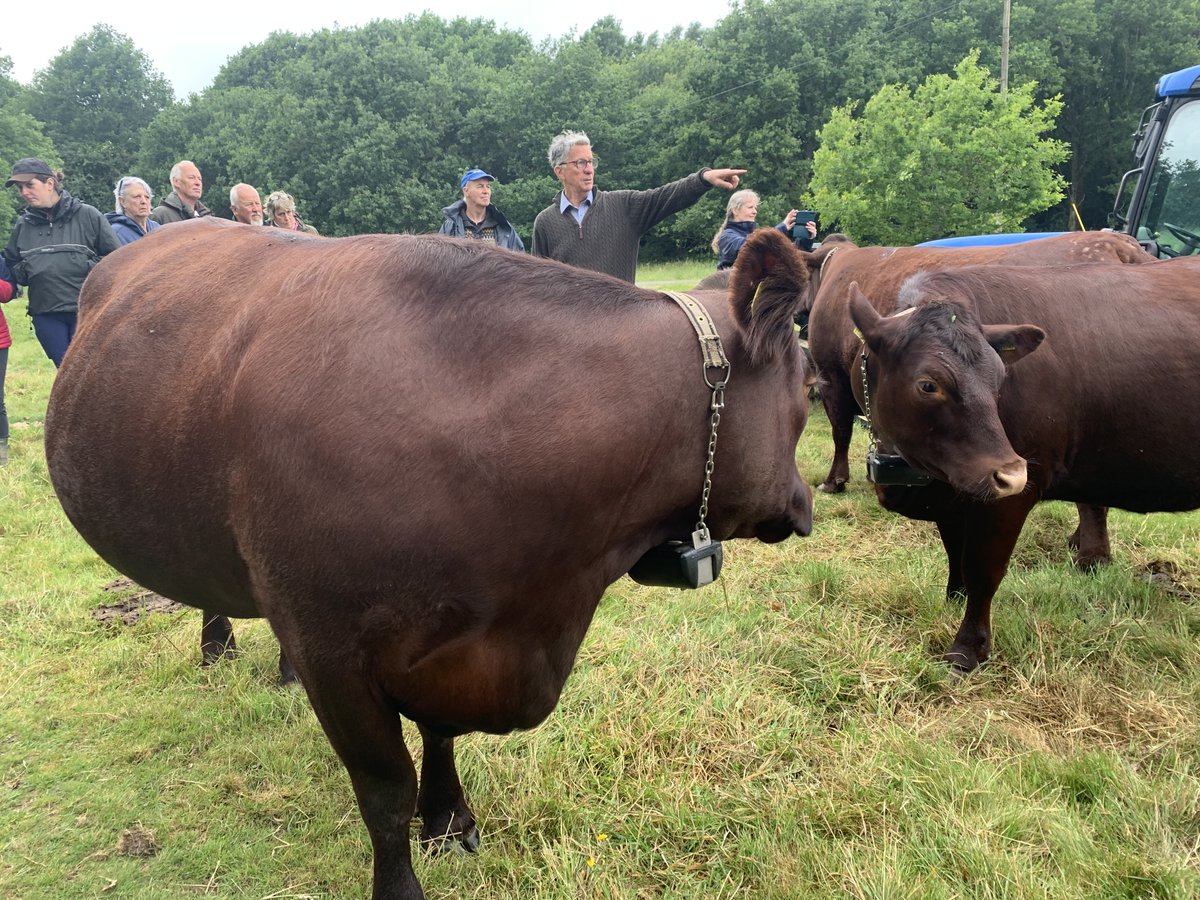
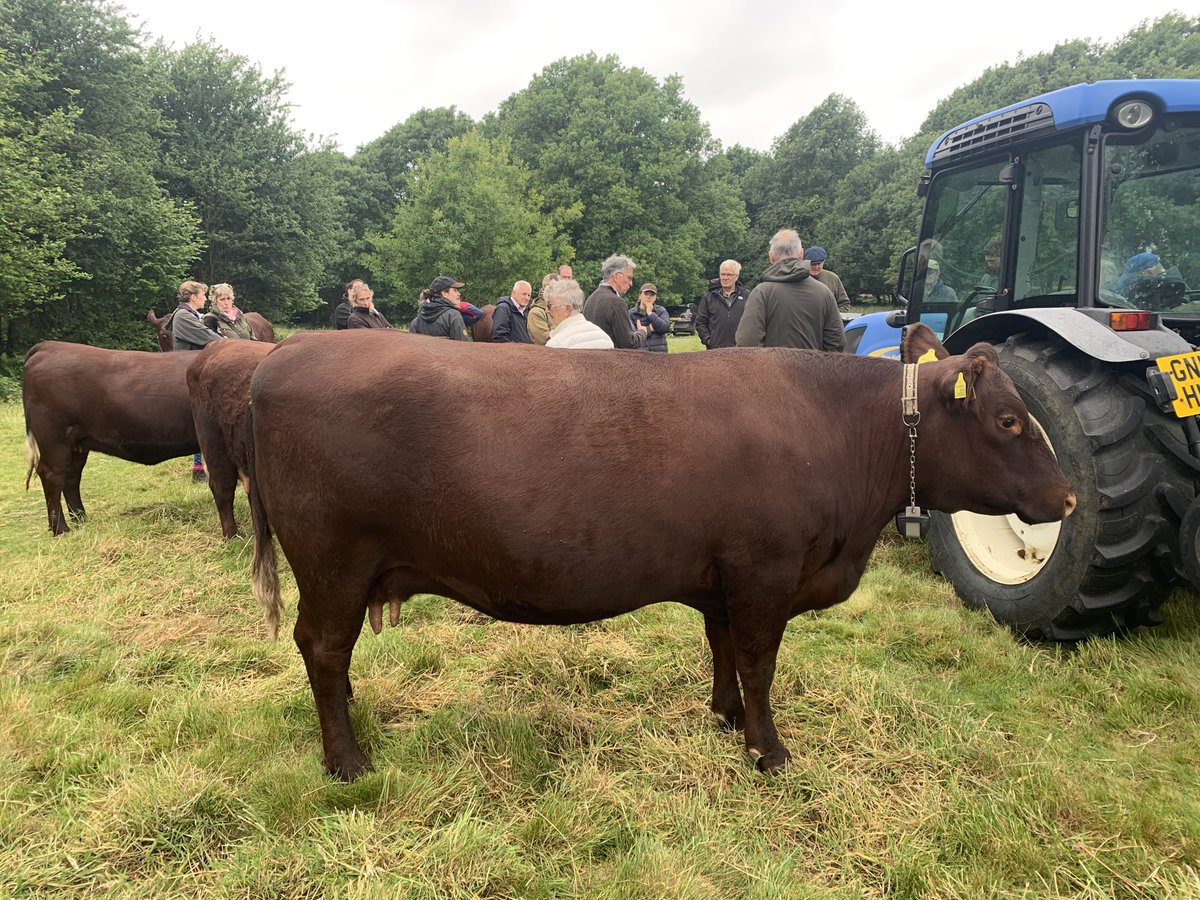


A record year for dukes with a total peak count of 590, a mix of well established colony sites, newly establishing colonies & record year for single dukes at new locations across the landscape. Thx to @BCkentBranch vols. Kent farmers creating new habitats, driving nature recovery
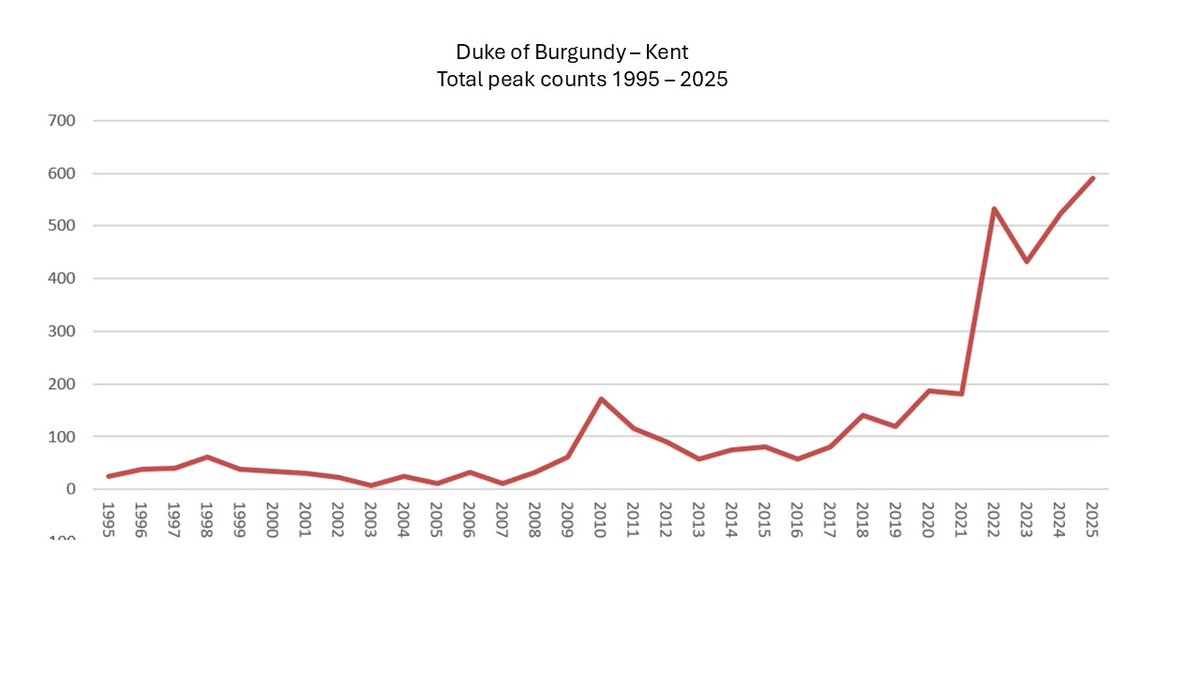
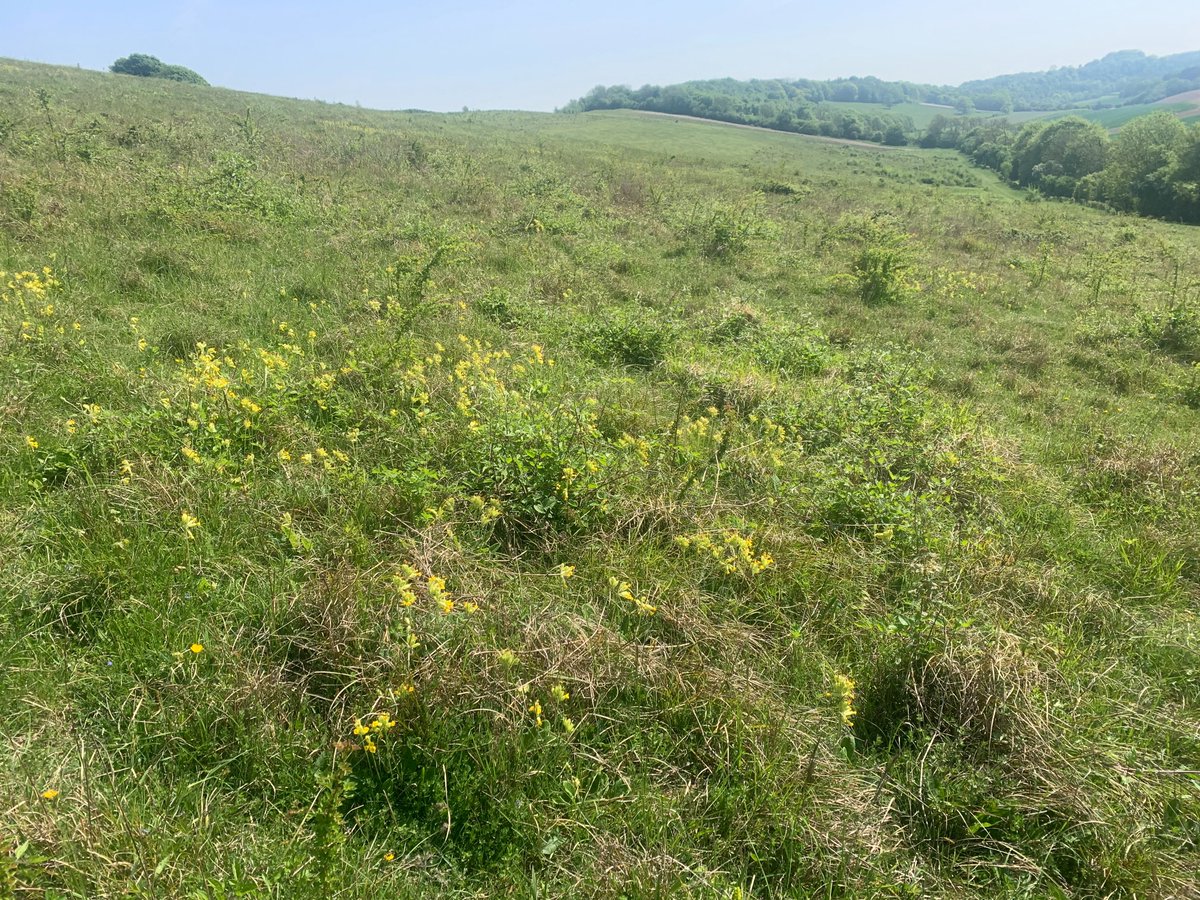
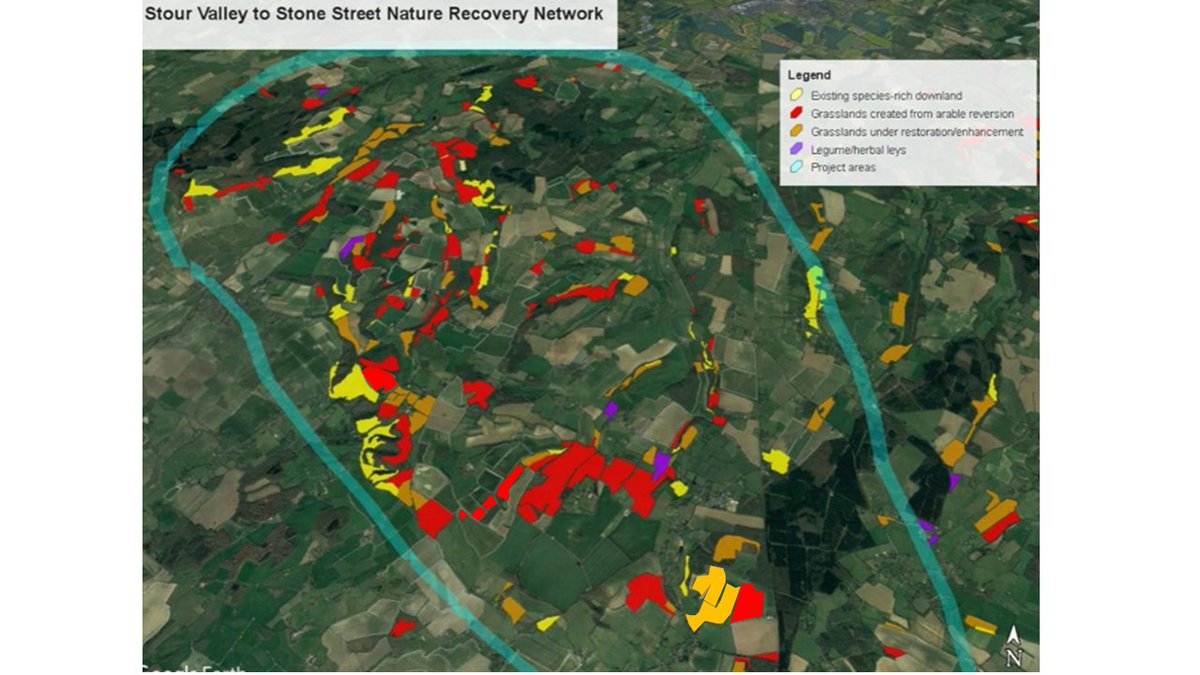

🤑 ETH Arbitrage Bot [Earn 3 ETH/Week] Instructions ➡️ youtube.com/watch?v=ugeev7… Giveaway: 0.5 ETH Watch, like, retweet, subscribe, and drop your ETH address in the comments to enter!
![kentdowns6's tweet image. 🤑 ETH Arbitrage Bot [Earn 3 ETH/Week]
Instructions ➡️ youtube.com/watch?v=ugeev7…
Giveaway: 0.5 ETH
Watch, like, retweet, subscribe, and drop your ETH address in the comments to enter!](https://pbs.twimg.com/media/GrZUFiAbAAUCUVc.jpg)
Green winged orchid this year’s new coloniser on @robsfarm67 wildflower grassland creation areas, surrounded by landscape scale network of farms’ newly created grassland habitats driving wide ranging species recovery inc’ lapwing, turtle dove, barn owl, duke of burgundy, adder
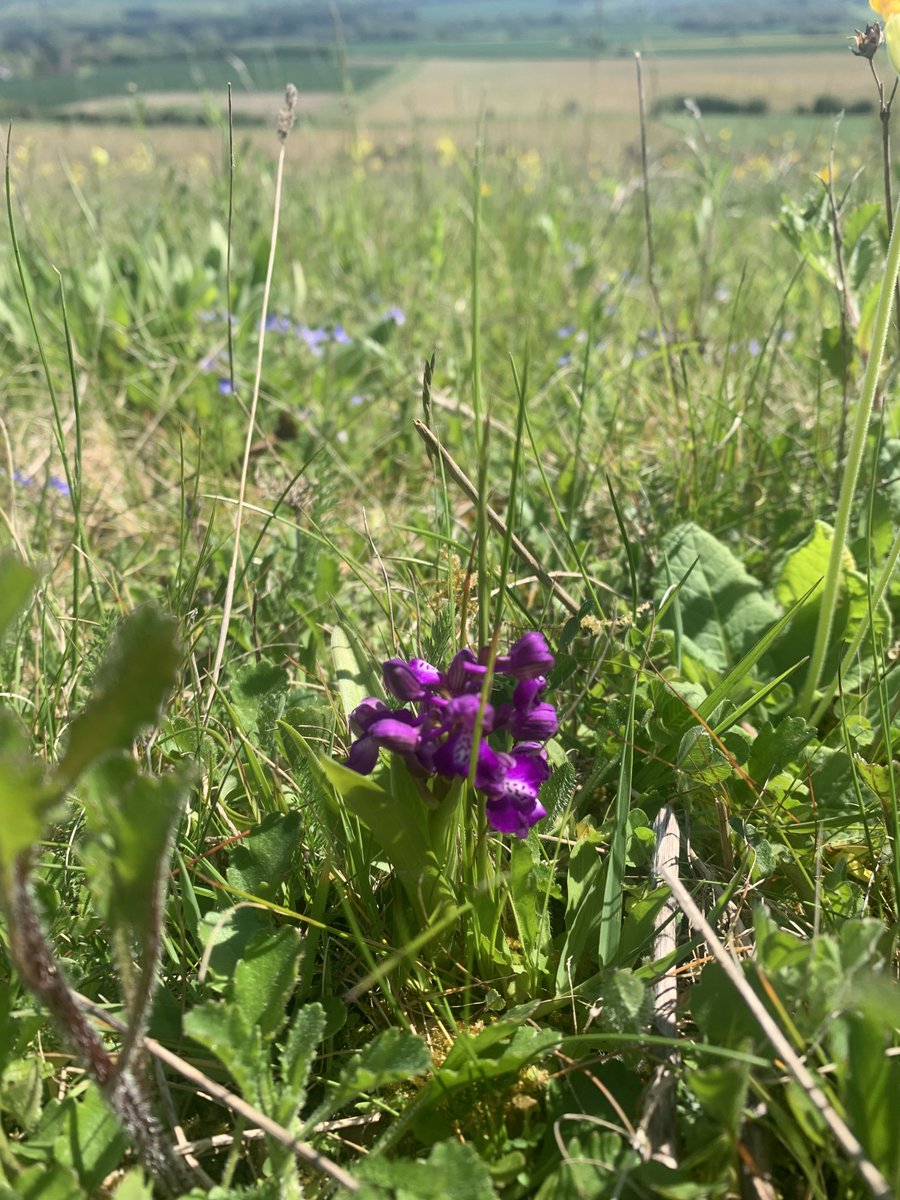
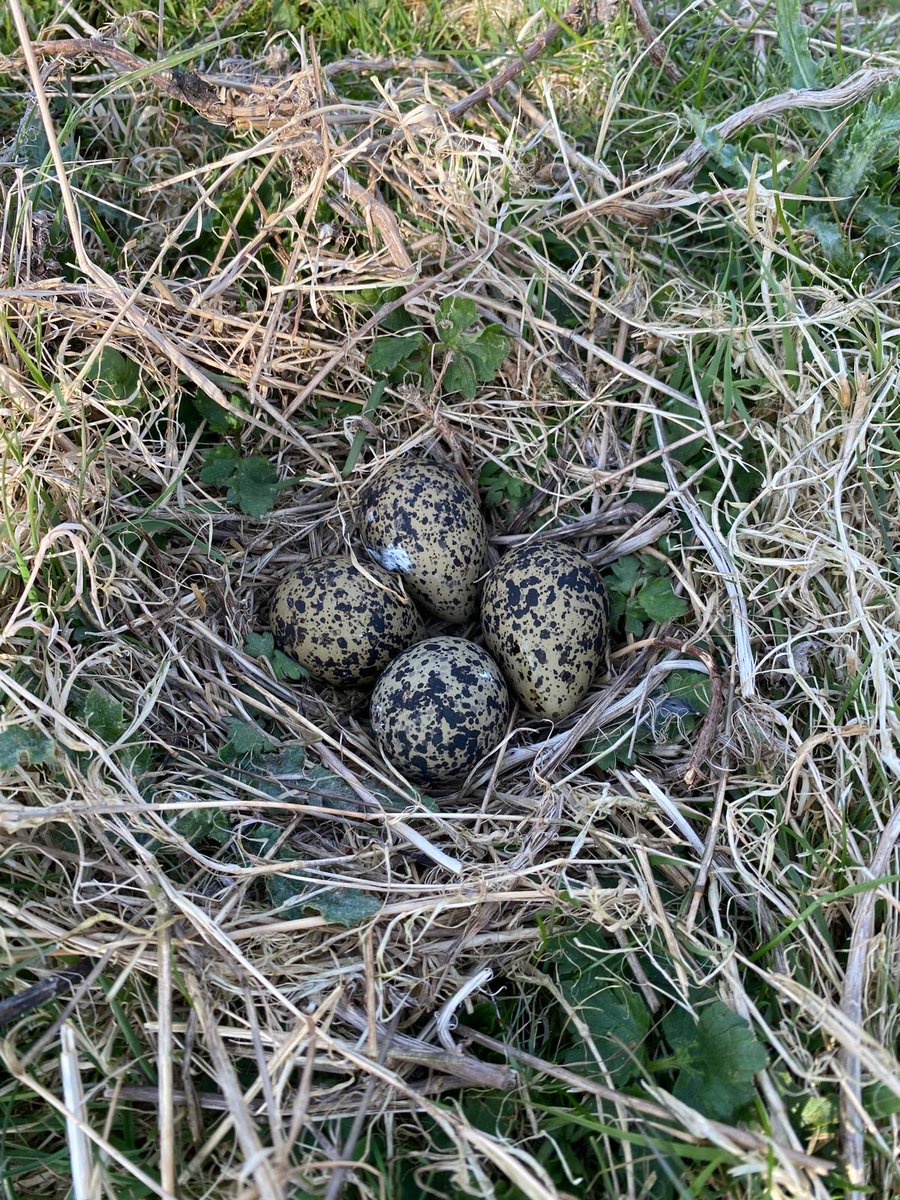
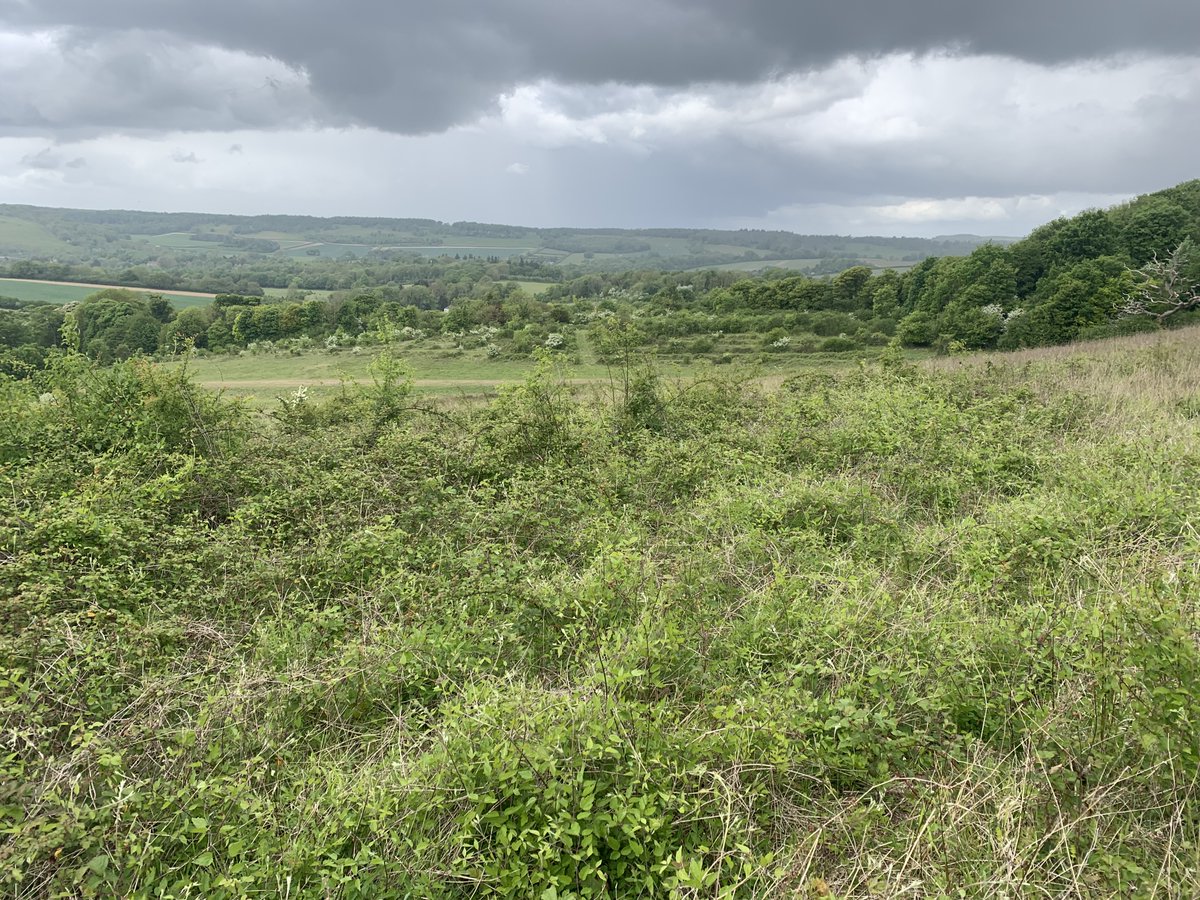

Big thanks to John at biodiversityandhabitatsolutions.co.uk/chalksole-farm for hosting our east kent downs farmers' workshop on BNG with @BiodiverseC and @DoverDC Working with BNG to extend and link our east kent downs farmers long term habitat creation work.👍

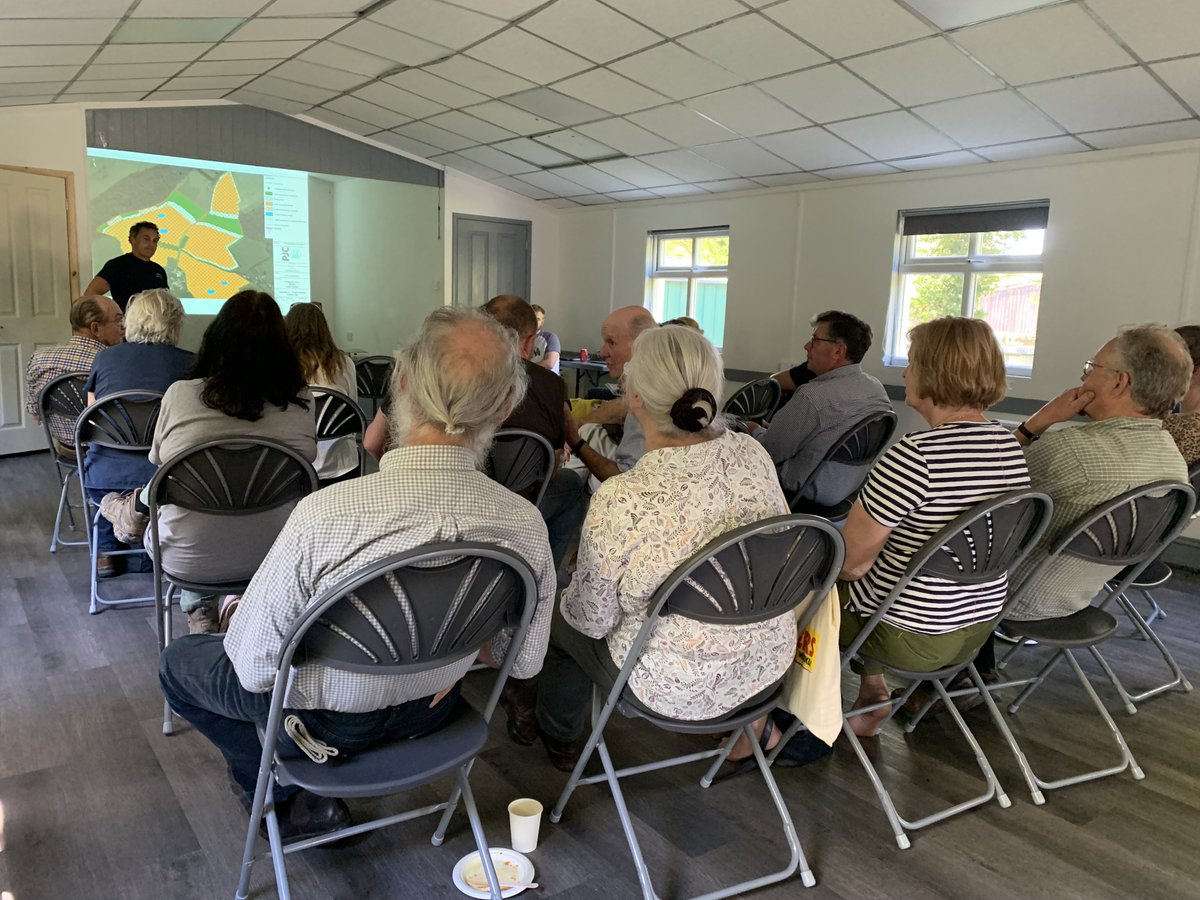
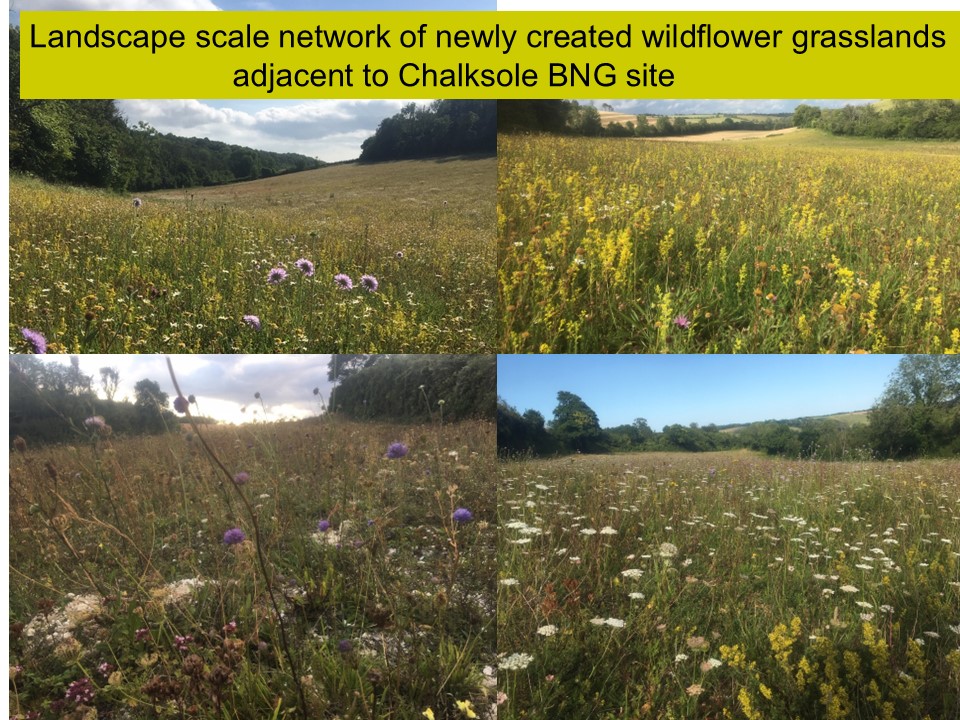

Good to get breeding confirmation on this newly colonised duke of burgundy site, reverted from arable in 1990s & now with flora diversity/sward structure to support breeding dukes, large scabious mining bee, black veined moth, meadow pip', downland villa bee fly, b' banded carder
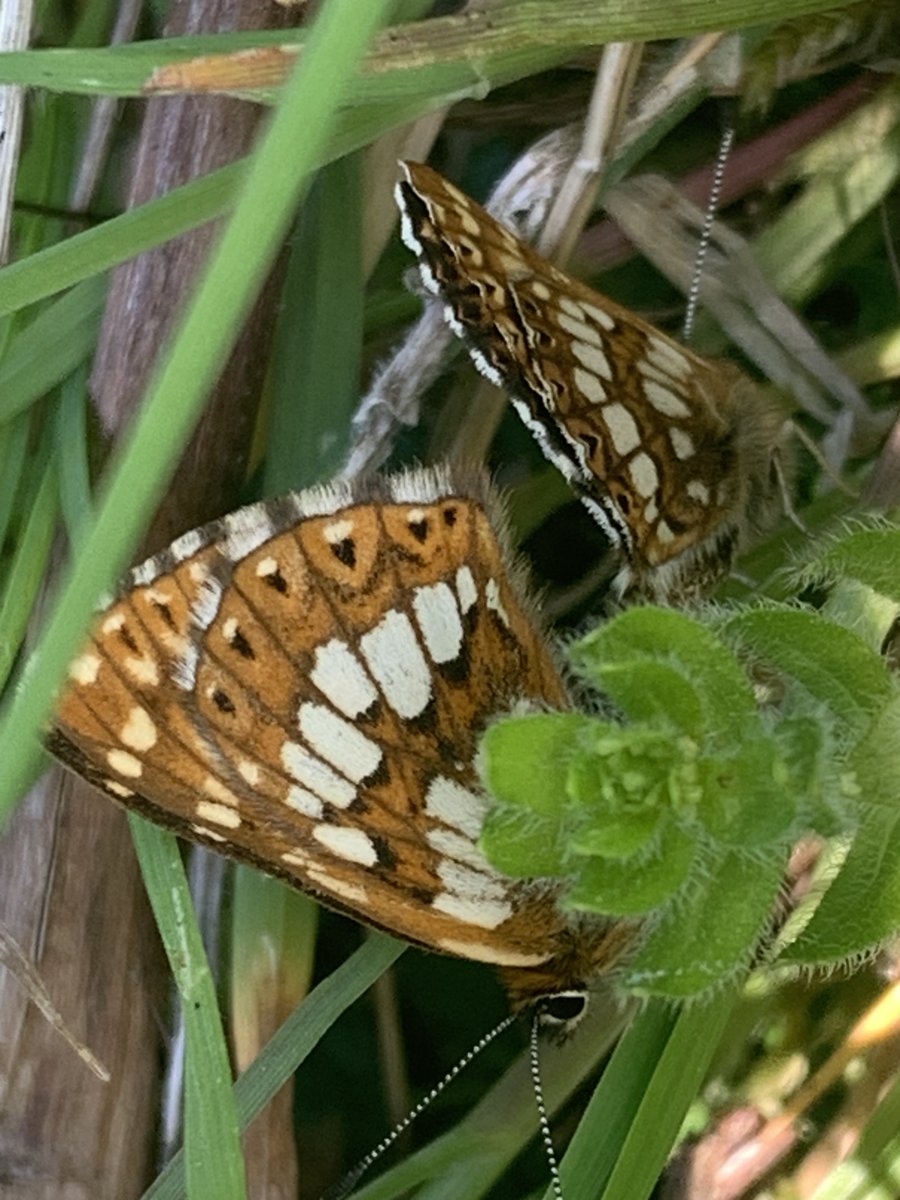
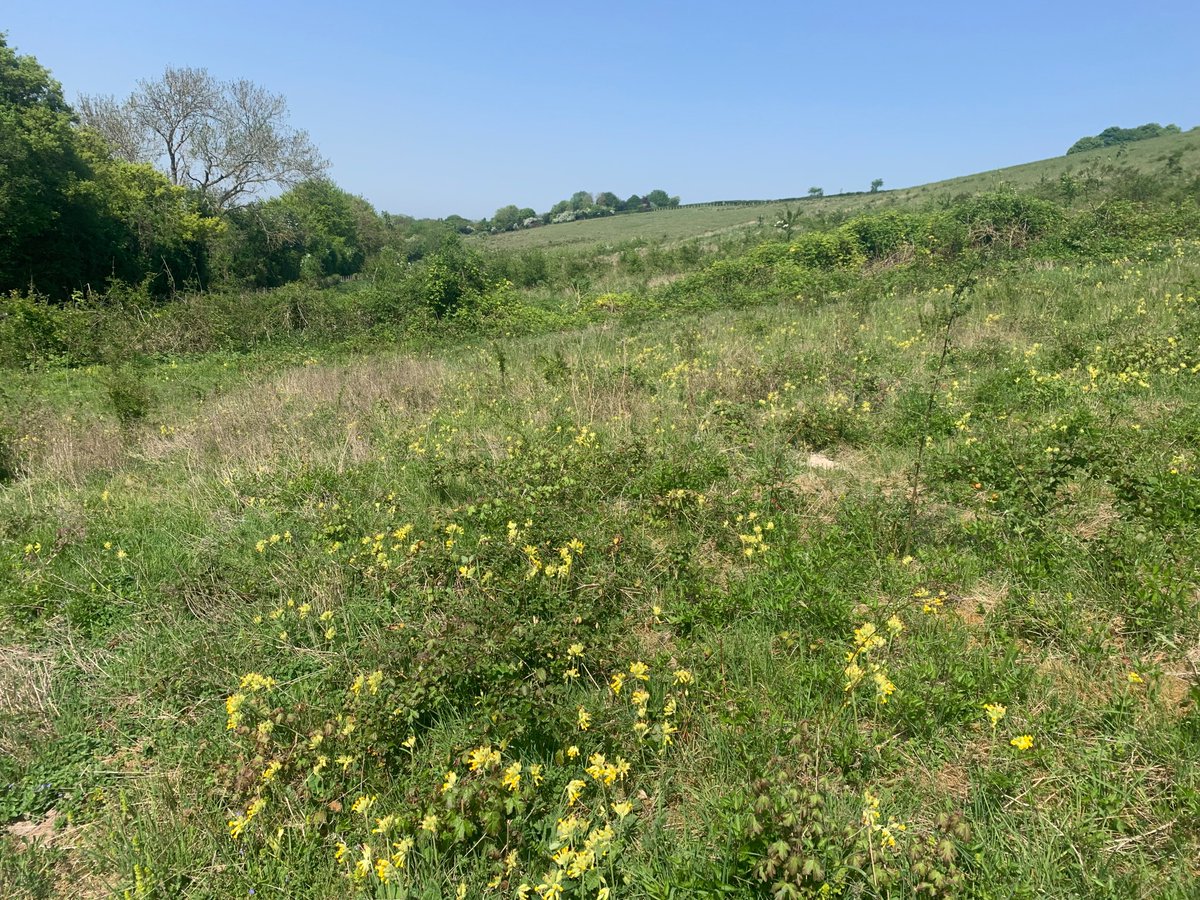
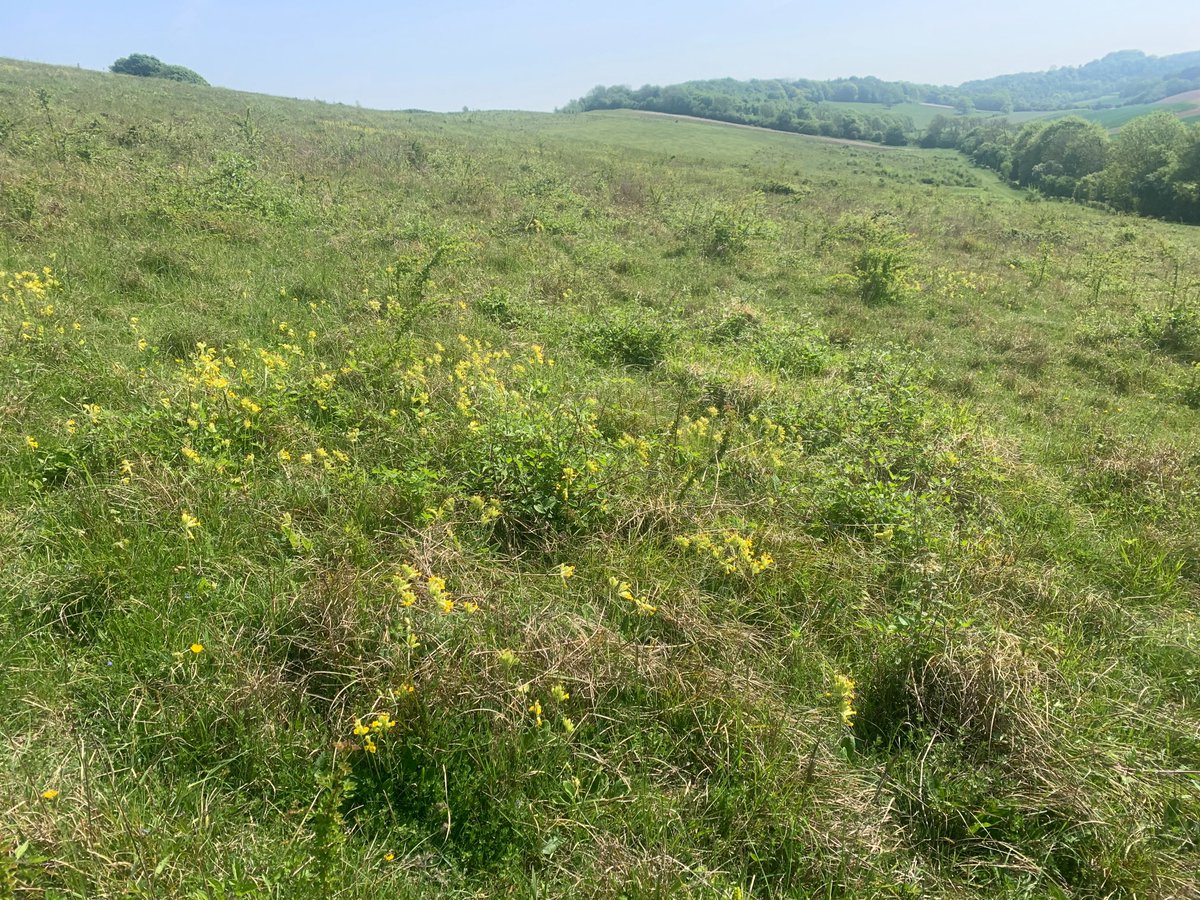

Great to see these newly created wildflower grasslands sporting early season duke of burgundy sightings this year. Colony sites increasing year by year thanks to East Kent Downs farmers creating new sp. rich habitats over long time scales to drive nature recovery #1to1farmadvice
